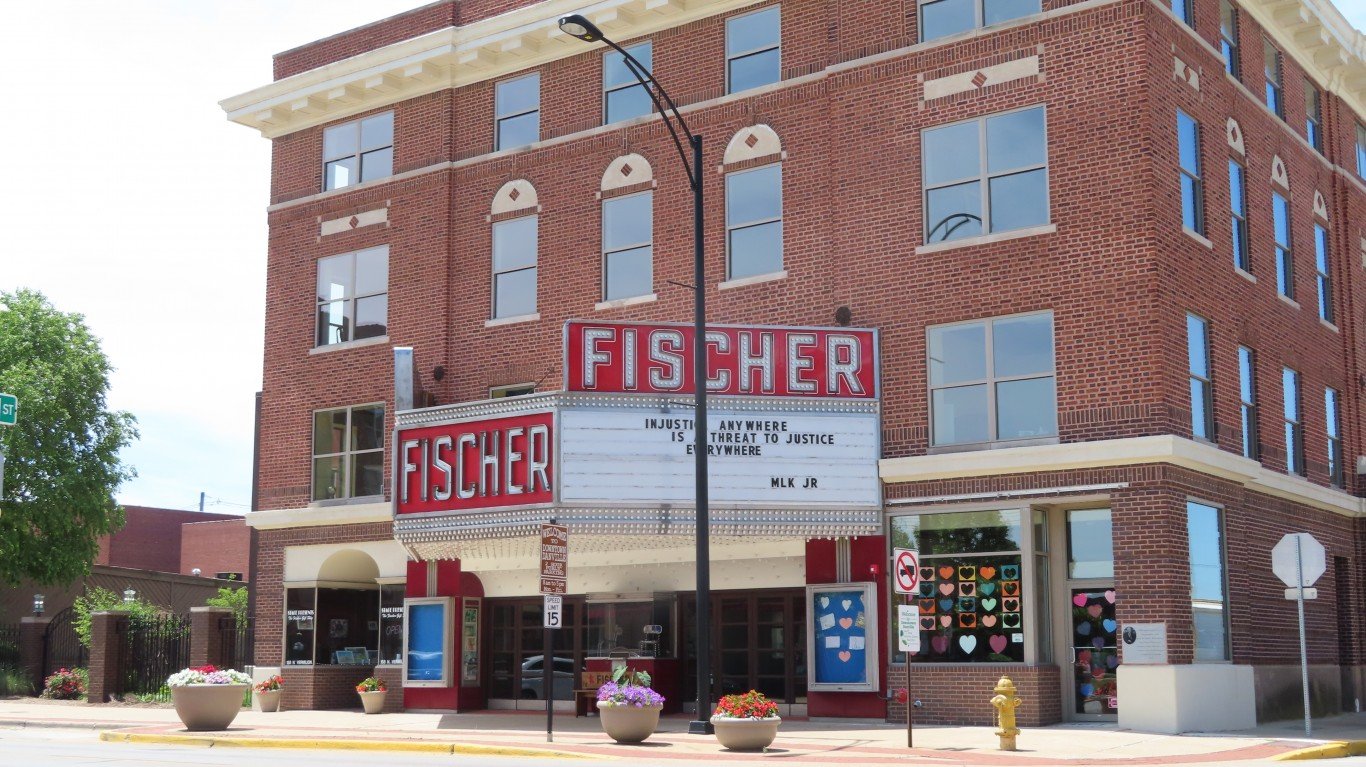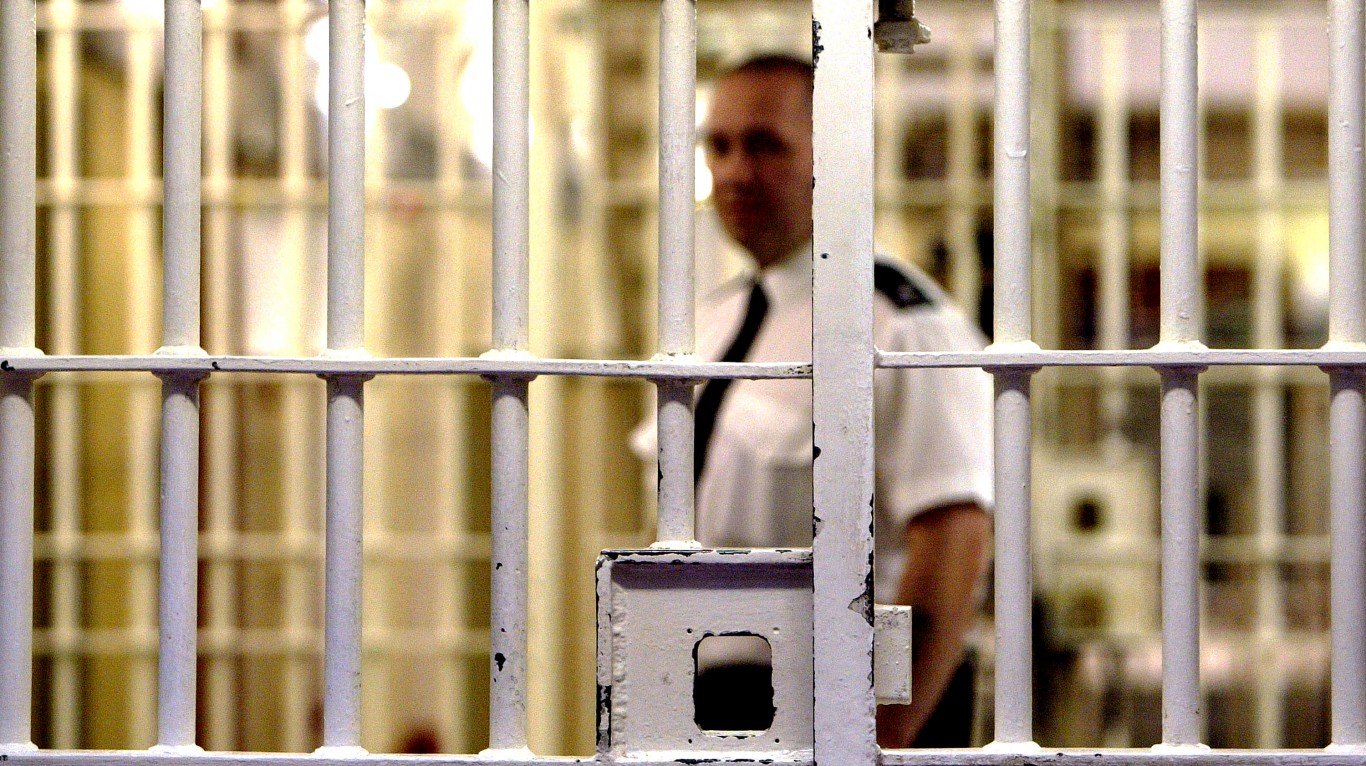

The crime rate in America has been falling when one compares the 2023 to 2022 figures. However, the perception of the average American, is, that the crime rate is going up (according to a Gallup poll released in November). There are of course outlier cities to this generalization — murder rates are up in Washington, D.C., Memphis and Seattle, for example. There are also towns and cities where there is more crime than other, safer areas.
Compared to the rest of the world, the United States has a relatively low violent crime rate. On the other hand, when you compare the U.S. to other similar Western countries, our crime rate is significantly higher. For the year 2018, for example, the homicide rate in the United States was 4.96 per 100,000 people. In Spain that rate was .62, in France, it was 1.2, and in Germany it was .95, just to name a few.
Even in Canada, which is almost identical to the U.S. in race, gender, immigration, income distribution, media consumption, entertainment, mental health, and other demographics, the homicide rate is only 1.76. In Australia, where population demographics are also similar to the U.S., the homicide rate is .89. With these two cases, appeals to racist and xenophobic explanations lose almost all their steam.
In fact, the United States has more than double the number of gun deaths per capita than Jordan, Lebanon, Afghanistan, Syria, Yemen, and other Middle Eastern countries. We are only in second place, losing the top spot to Iraq. So, in reality, comparing different U.S. cities to each other based on their crime rates is splitting hairs when it comes to safety in our country.
For our list, we included only violent crime rates per 1000 residents. Every year, the FBI releases the crime statistics ten months after the close of the previous year. We are using the most recent data published by the FBI for the calendar year 2022. This data was just released in October. Keep in mind that all statistics collected by the FBI are self-reported by local police organizations. Some cities and police organizations do not report at all, and others have been shown to misrepresent their data.
Why This Matters
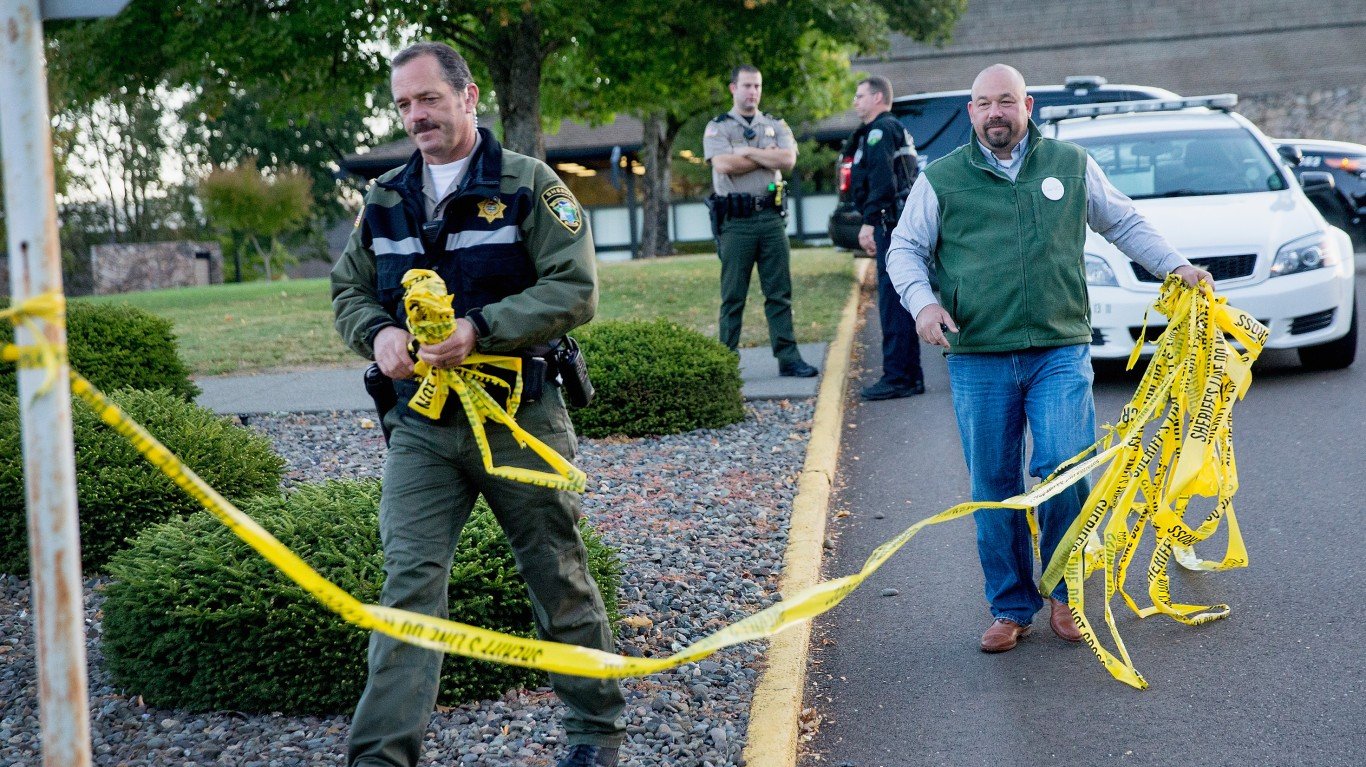
Although the rate of violent crime in the US has dropped during the last 10 years, there are still places where this is not the case. It is important to look at these towns and cities to see what the driving factors for the crime rate are. Apart from the physical and psychological effects of crime, it also has a huge financial impact. Having the correct statistics about the crime rate can help to allocate law enforcement resources correctly. This can also help to determine whether programs or communities will receive criminal justice grants.
These are the 20 most dangerous towns in America.
#20 Rockford, IL
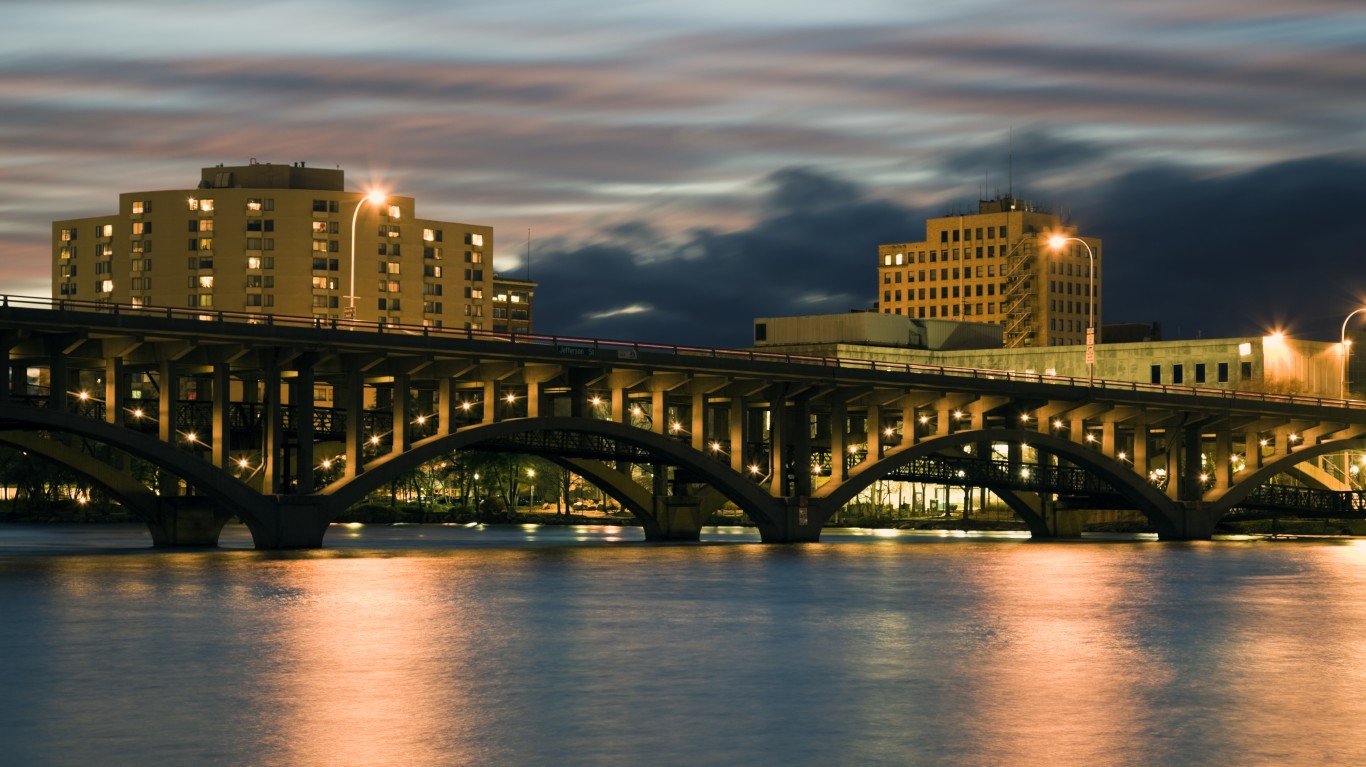
- Violent crime rate (2022): 15.0 per 1,000 residents
- Poverty rate (2022): 22.2% (Illinois: 11.9%)
- Population: 146,713
Rockford, IL Continued
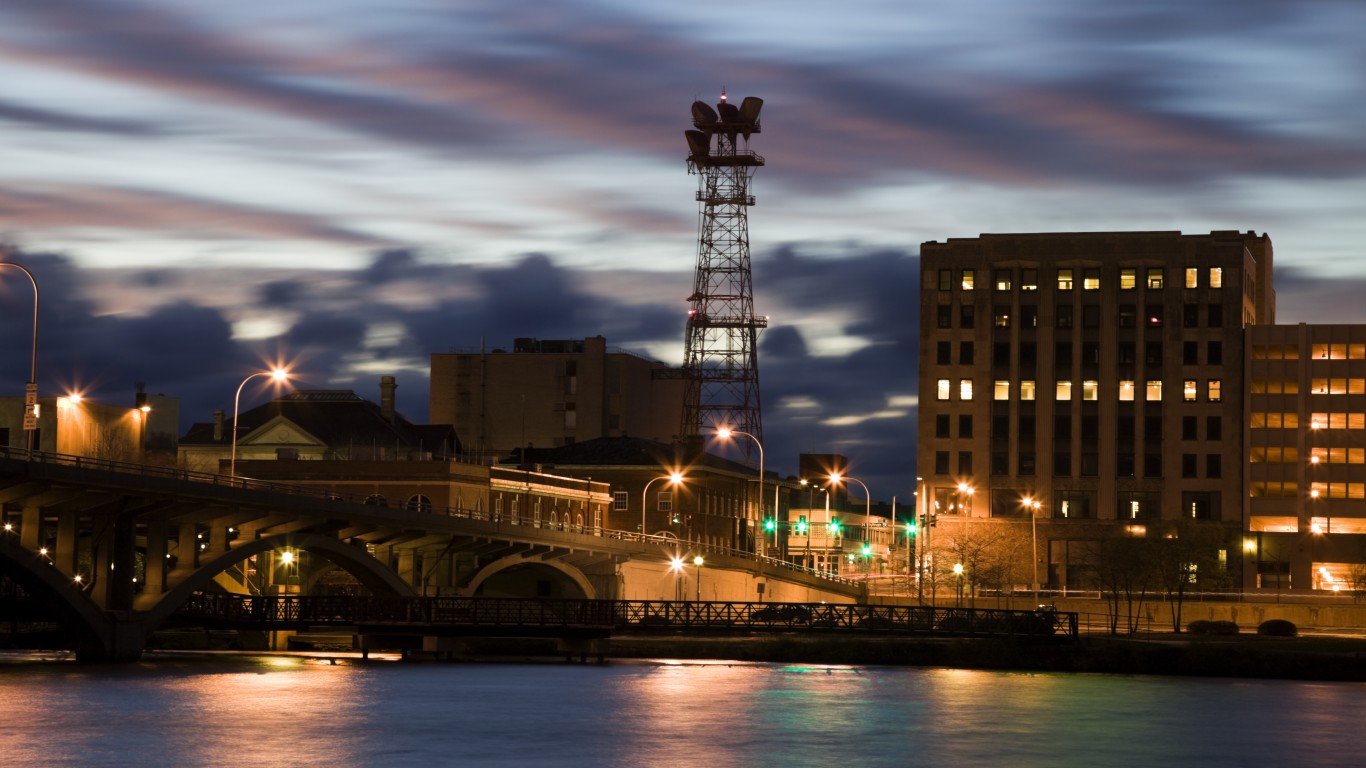
Rockford is the fifth largest city in Illinois, along its northern border with Wisconsin. It used to be one of the major industrial centers of the Midwest and was the second-largest producer of furniture in the country before most companies left the town, driving up unemployment. During the 1980s recession, Rockford became one of the highest unemployed towns in the United States. Since poverty is the primary driving factor for crime, the crime rate subsequently rose as well.
#19 Spartanburg, SC
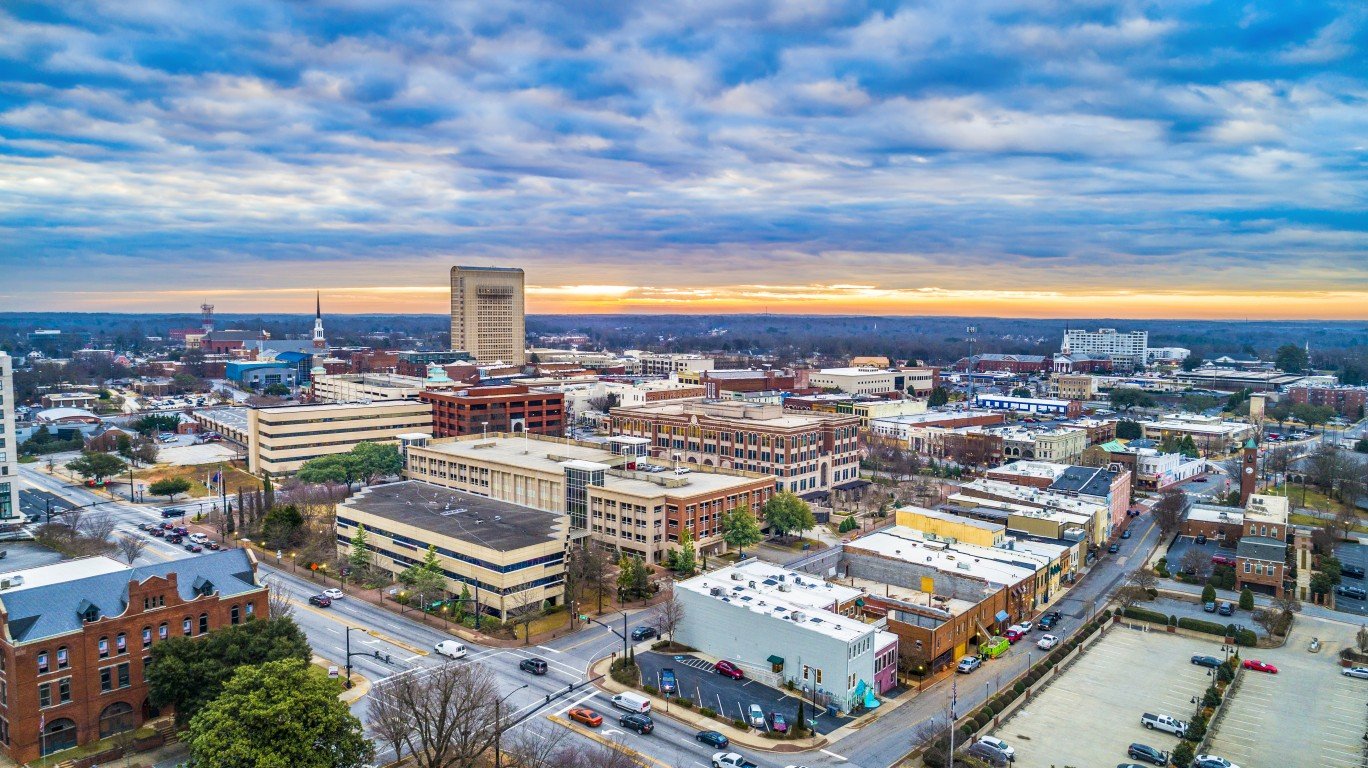
- Violent crime rate (2022): 15.2 per 1,000 residents
- Poverty rate (2022): 25.7% (South Carolina: 14.0%)
- Population: 38,584
Spartanburg, SC Continued
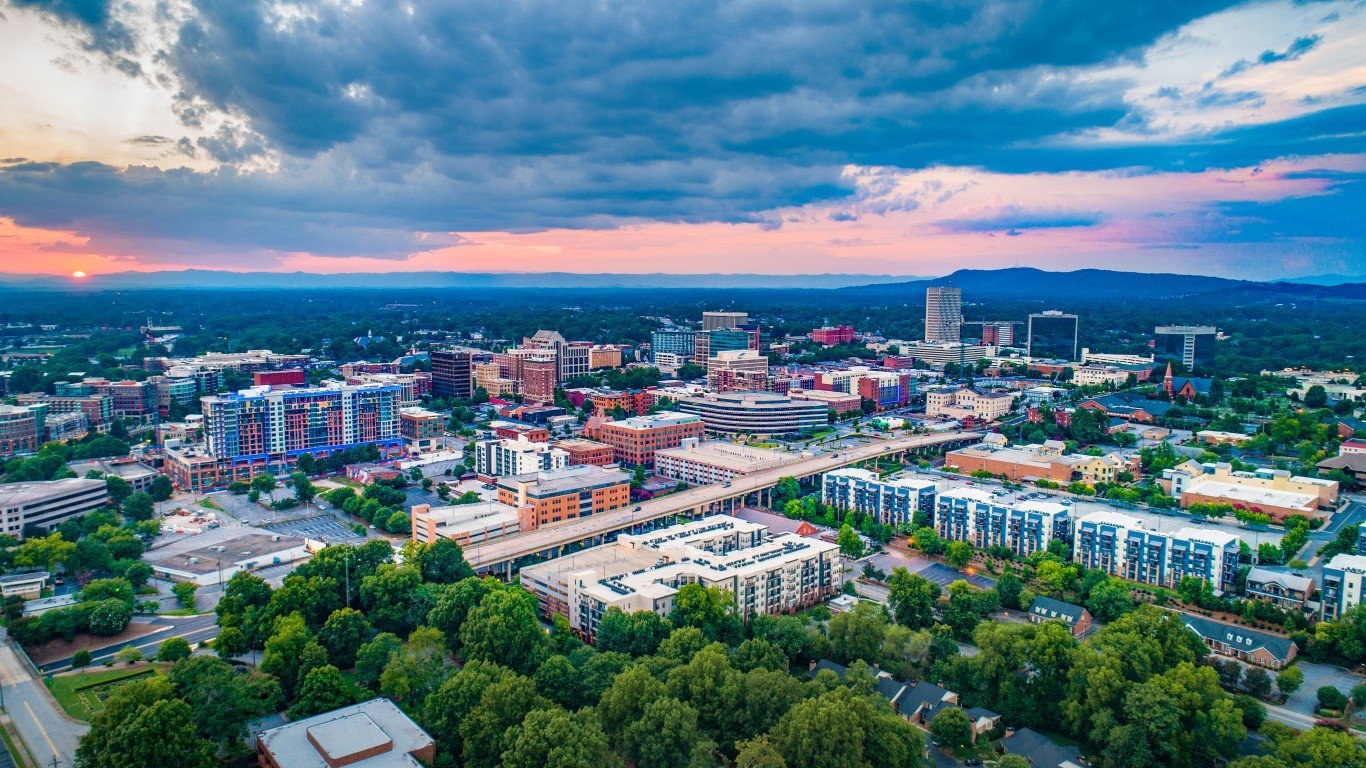
Spartanburg used to be known as a hub city for South Carolina. Many different railroads connected and intersected within the city, making it a crossroads for the south and a bustling industrial center. At one point, there were over 40 textile mills operating within the city. During the 1950s, however, these companies had left the city, moving their operations overseas, and unemployment skyrocketed.
#18 Springfield, MO
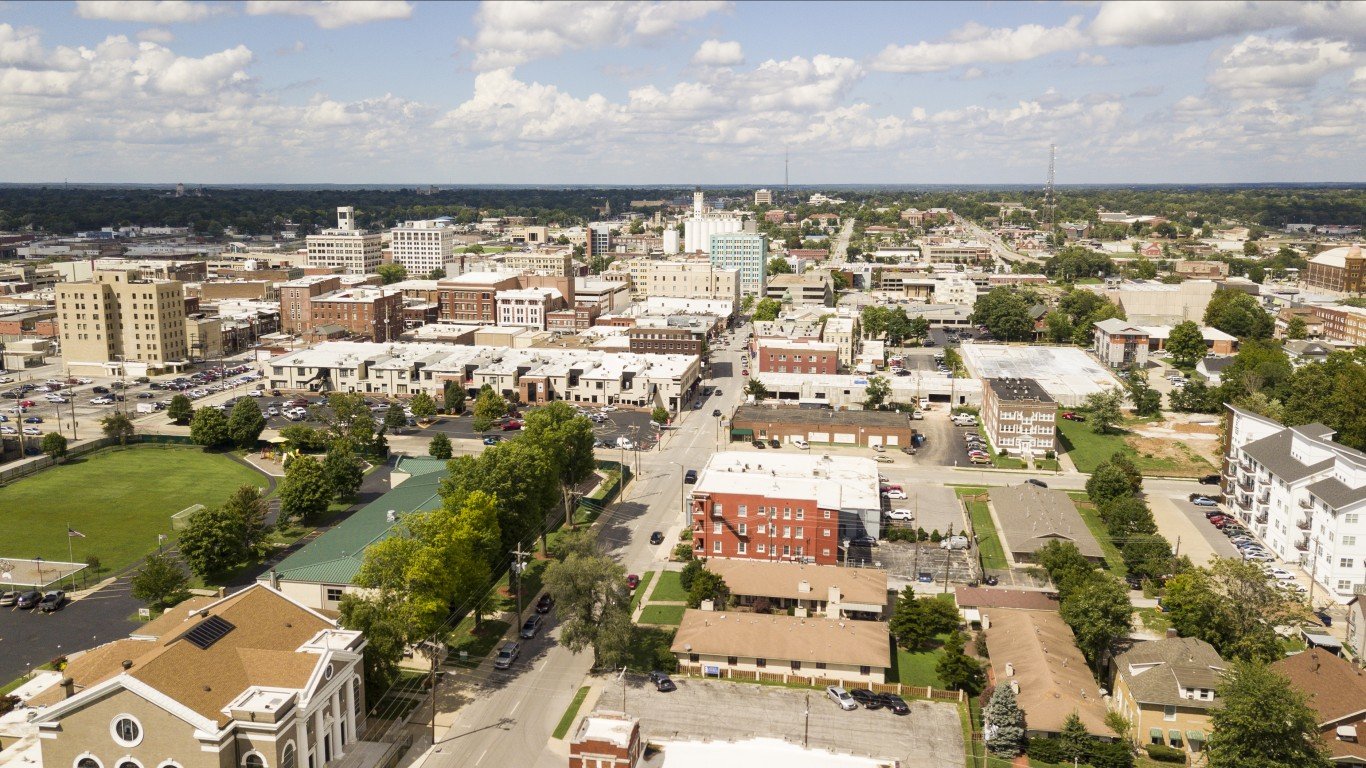
- Violent crime rate (2022): 15.6 per 1,000 residents
- Poverty rate (2022): 20.3% (Missouri: 13.2%)
- Population: 170,067
Springfield, MO Continued
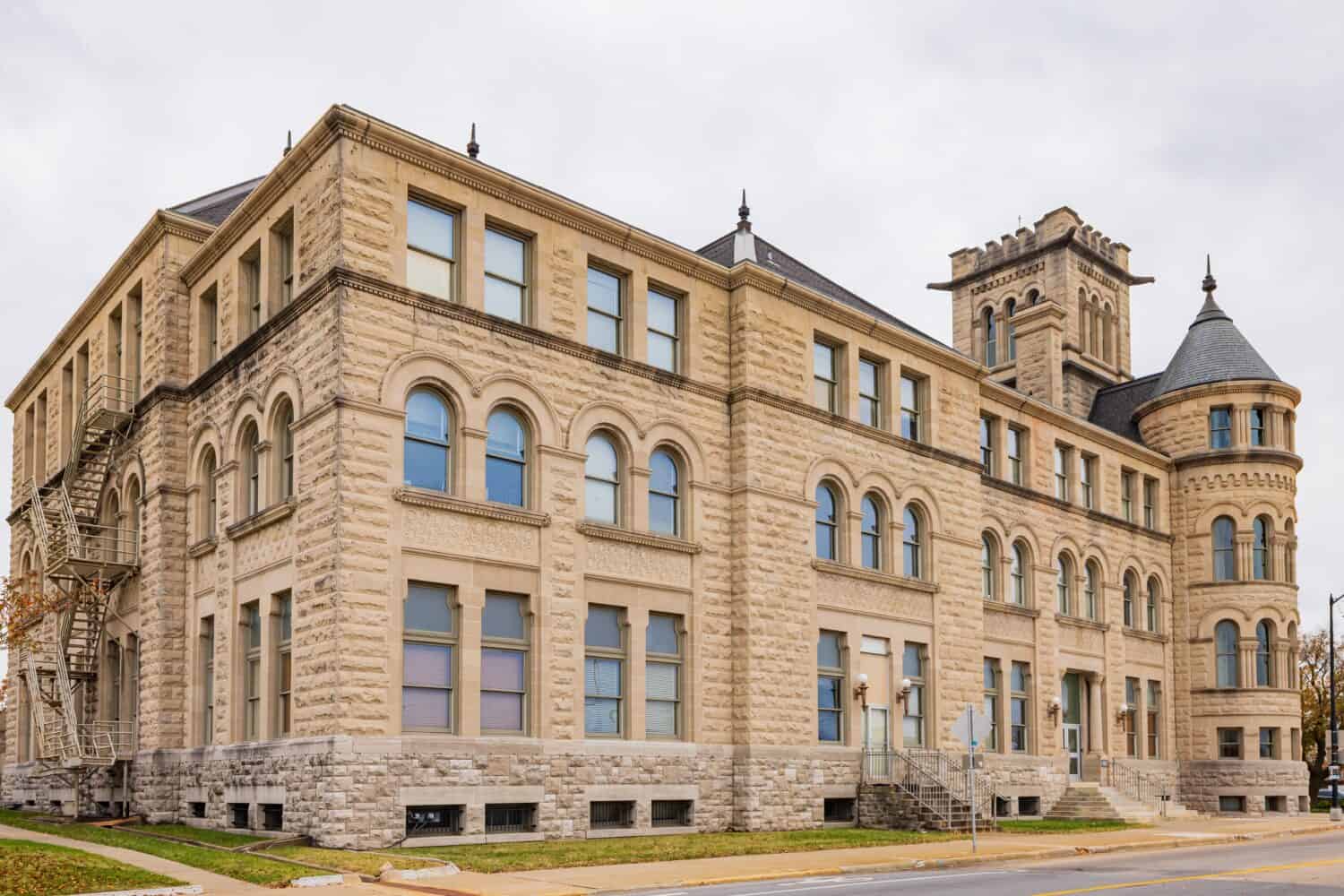
Springfield is known as the birthplace of the famous Route 66, the highway that stretched all the way from Chicago to California. It is the third largest city in Missouri and one of the least diverse cities in the United States with a population of 87.6% white, 4% black, and 5% other races.
#17 Baltimore, MD
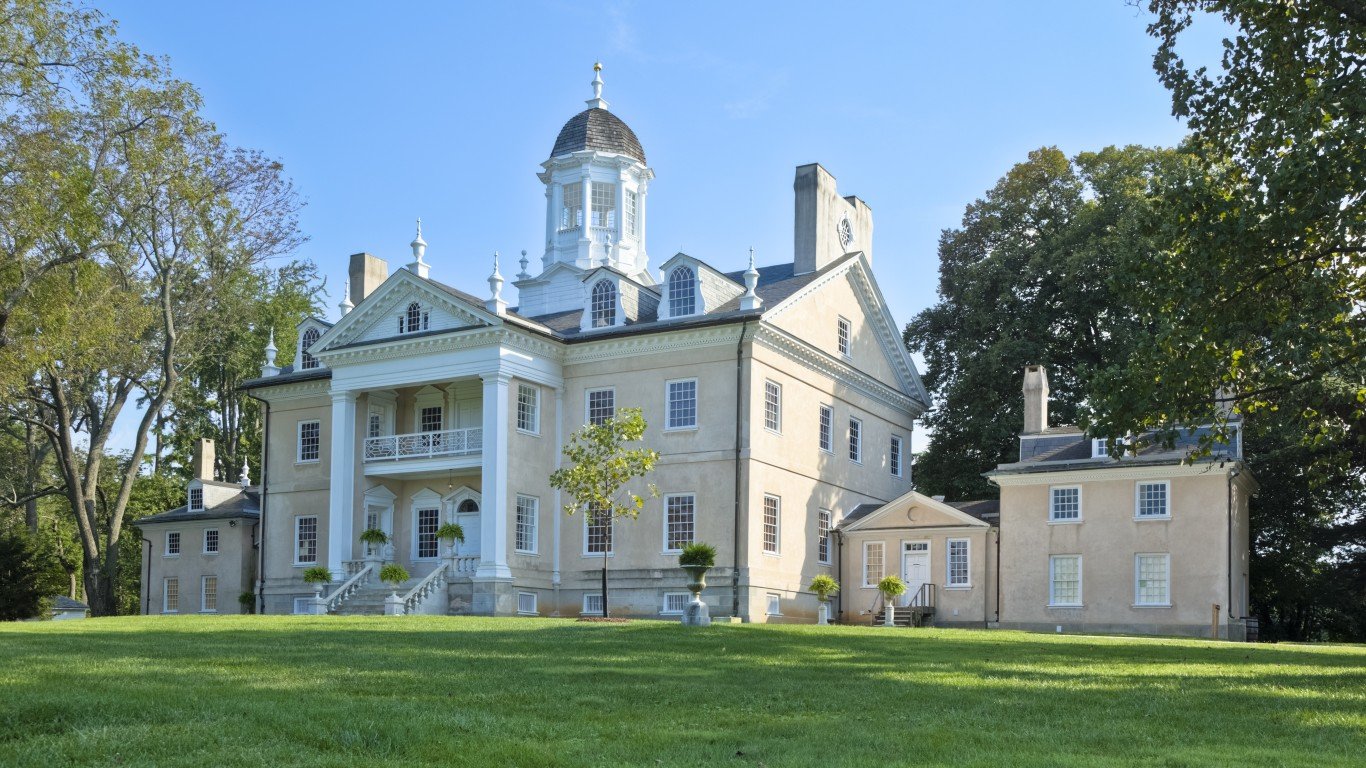
- Violent crime rate (2022): 15.6 per 1,000 residents
- Poverty rate (2022): 19.6% (Maryland: 9.6%)
- Population: 569,931
Baltimore, MD Continued
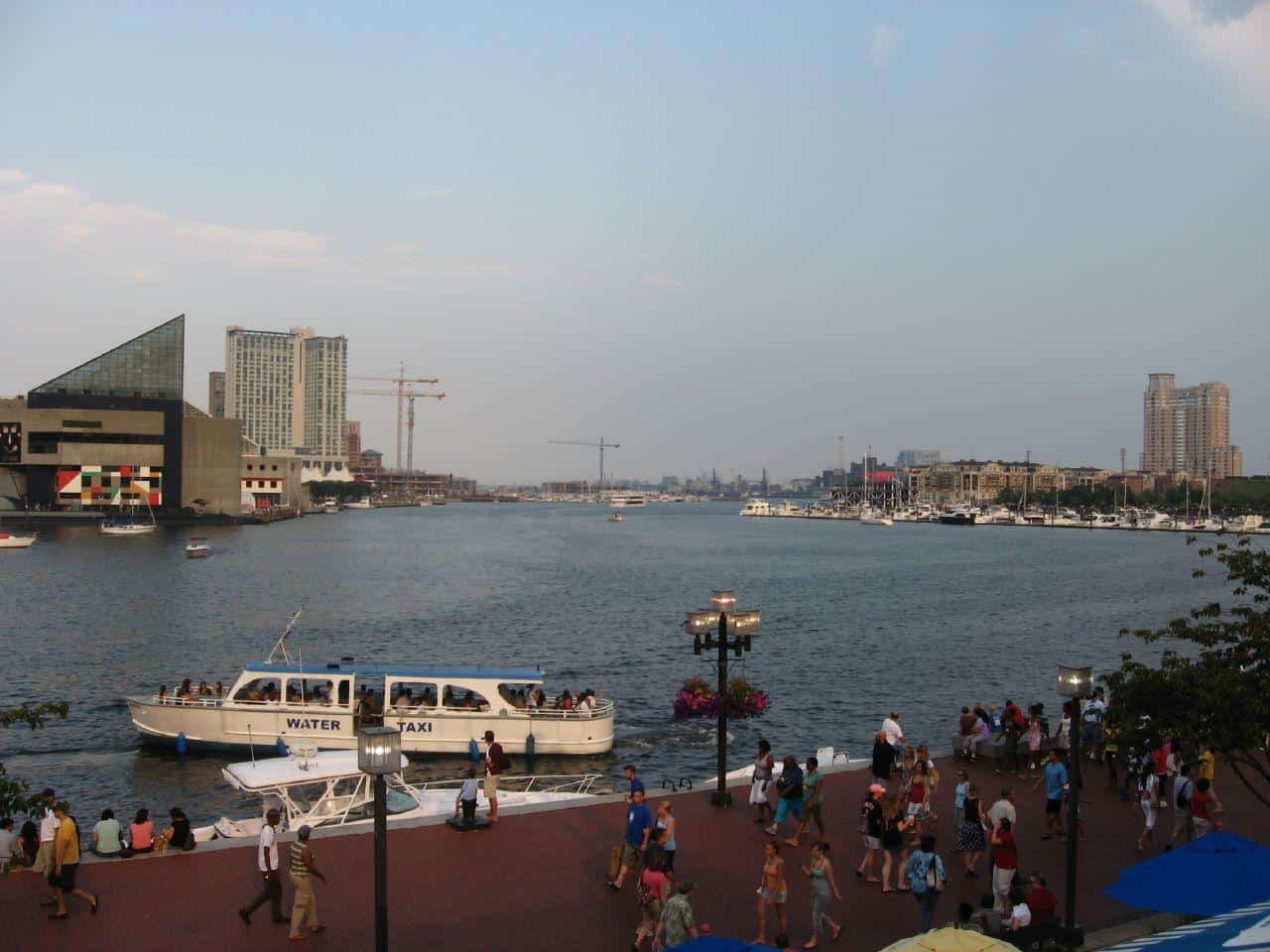
The first of our large metropolitan areas, Baltimore is the largest city in Maryland and the 30th largest in the United States. Crime has been high in Baltimore almost since the day it was founded, but it dropped by nearly 60% since the 1990s. Even though crime has fallen, it still remains a problem in a city with so many people. Baltimore even implemented a youth curfew in 2015 to prevent young people from being on the streets at night.
#16 Lansing, MI
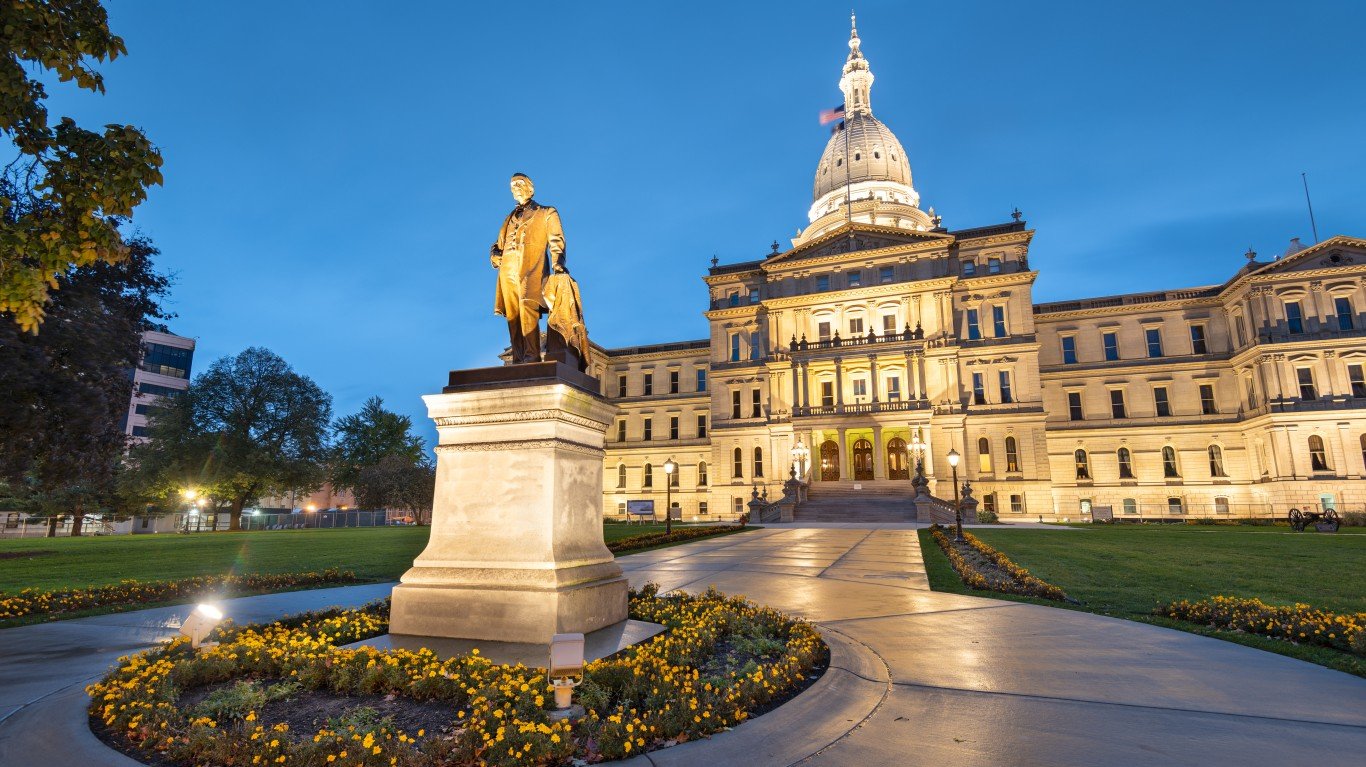
- Violent crime rate (2022): 15.7 per 1,000 residents
- Poverty rate (2022): 20.0% (Michigan: 13.4%)
- Population: 112,537
Lansing, MI Continued

Lansing is the capital of Michigan. It is a major center of industry and education, being home to several universities and colleges and the headquarters of four national insurance companies. It was, and remains, a major center in the automotive industry, with General Motors (NYSE: GM) having several offices and locations in the city. The decline of American car production, however, has caused the city to try to expand its employment options and invite more high-tech companies.
#15 Danville, IL
- Violent crime rate (2022): 15.8 per 1,000 residents
- Poverty rate (2022): 25.4% (Illinois: 11.9%)
- Population: 28,472
Danville, IL Continued
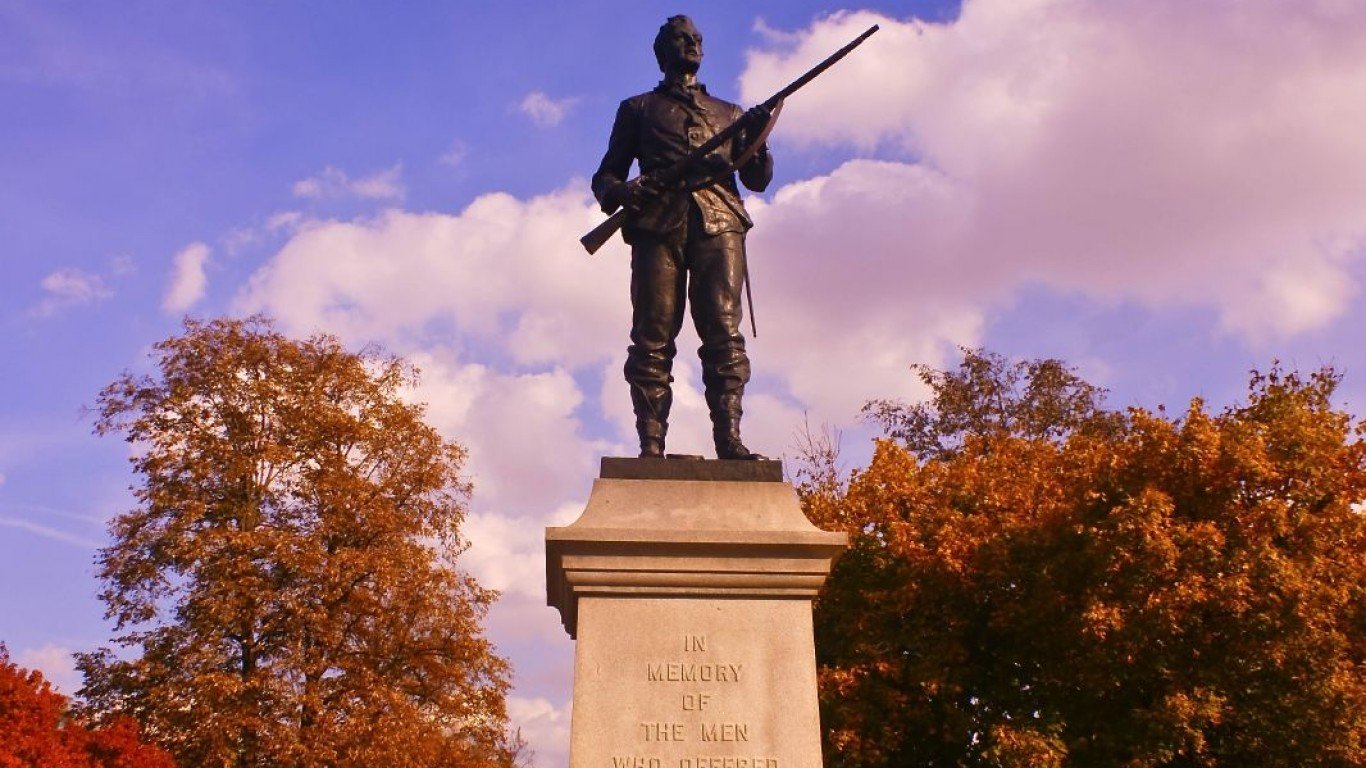
Like most of the cities on this list, Danville quickly grew to become an industrial center during the 1800s and 1900s. It was an important coal mining center and then expanded to become a manufacturing and automotive powerhouse and its population doubled from 1900 to 1920. By 1966, however, all but six of the coal mines closed, most manufacturing companies left, and General Motors closed its offices. As a result, poverty and unemployment skyrocketed and many people left the city to seek employment elsewhere.
#14 Gadsden, AL
- Violent crime rate (2022): 15.8 per 1,000 residents
- Poverty rate (2022): 25.1% (Alabama: 16.2%)
- Population: 33,335
Gadsden, AL Continued
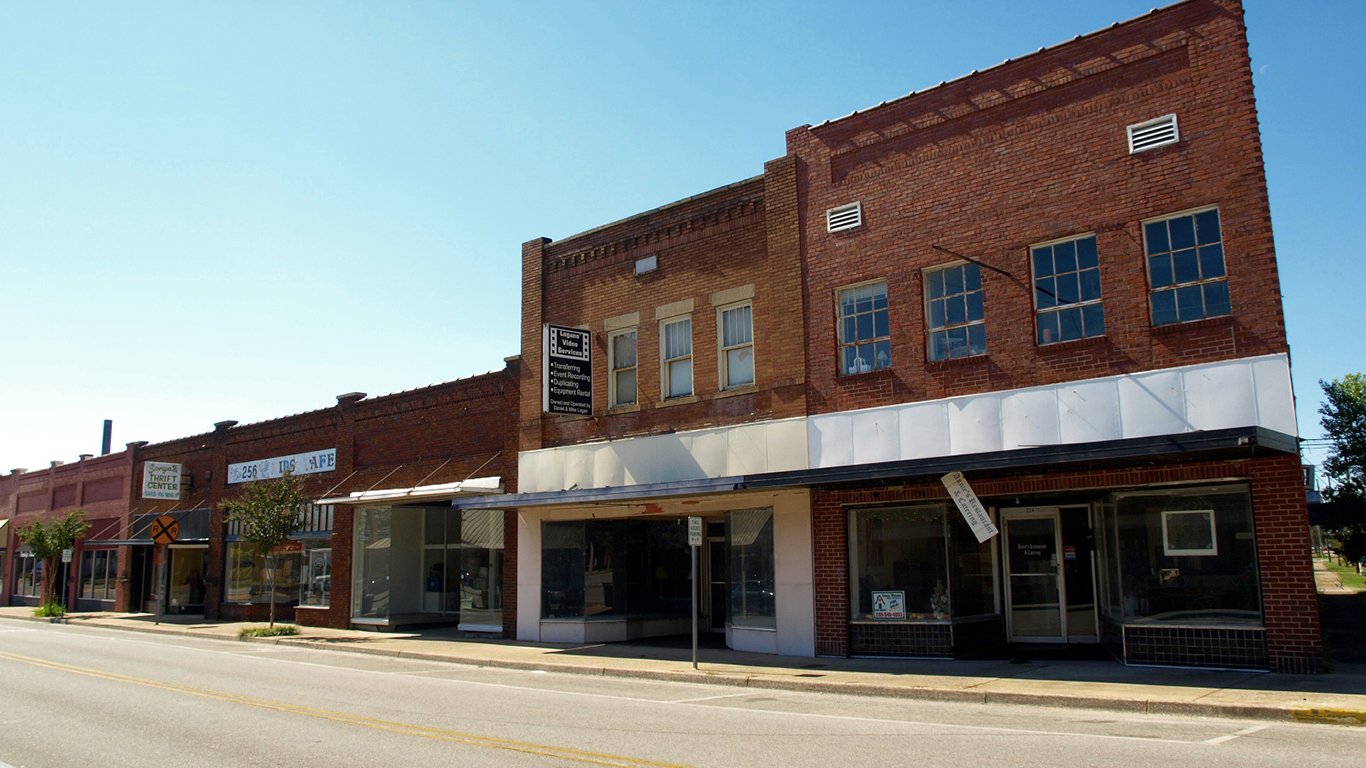
During the 1800s, Gadsden was the second-most important industrial center in Alabama. It was a major hub for riverboat transportation and shipping in the region. In the 1900s, the city gradually transitioned into heavy industry which included tires and steel. But as the country continued to change, most of these companies either closed their offices or moved their business overseas during the 1970s and 1980s. The city continues to struggle to readjust to this change and has yet to recover.
#13 Albany, GA
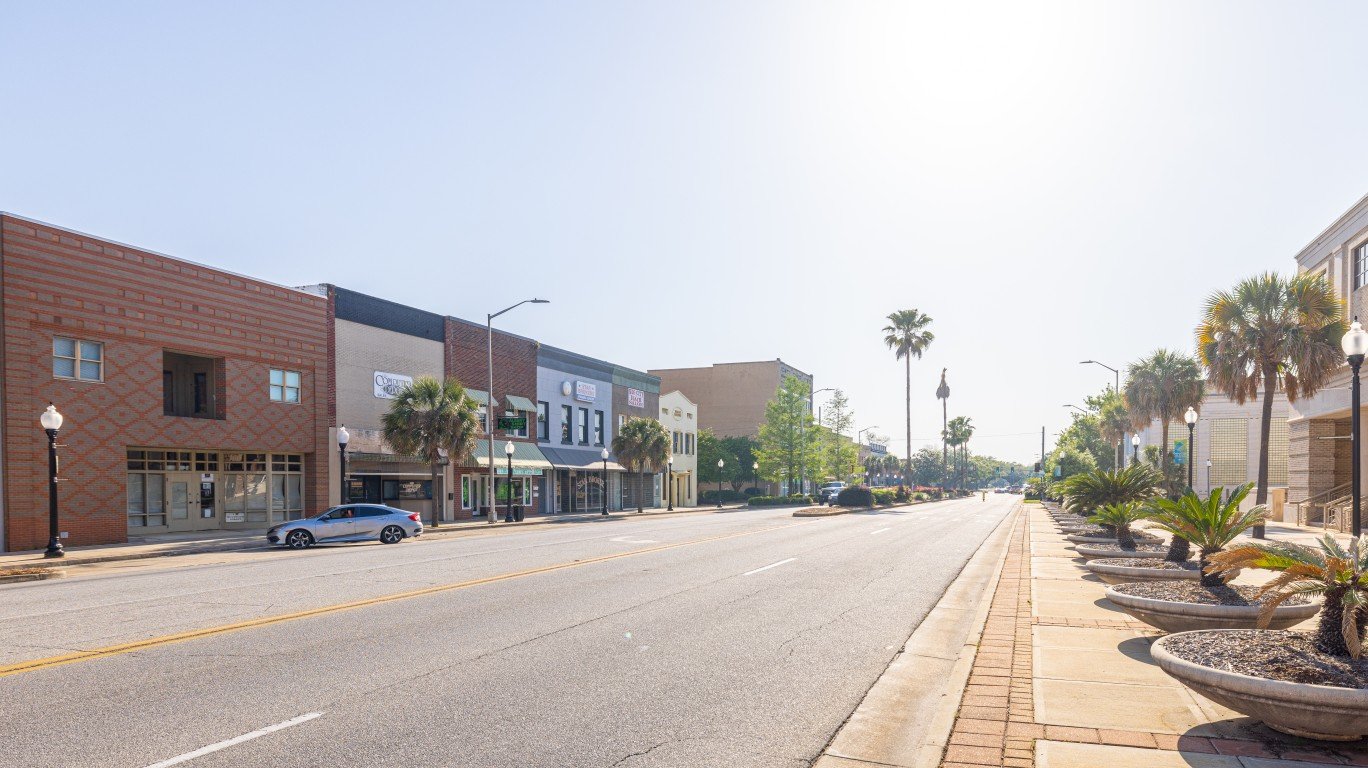
- Violent crime rate (2022): 16.1 per 1,000 residents
- Poverty rate (2022): 29.6% (Georgia: 12.7%)
- Population: 67,192
Albany, GA Continued
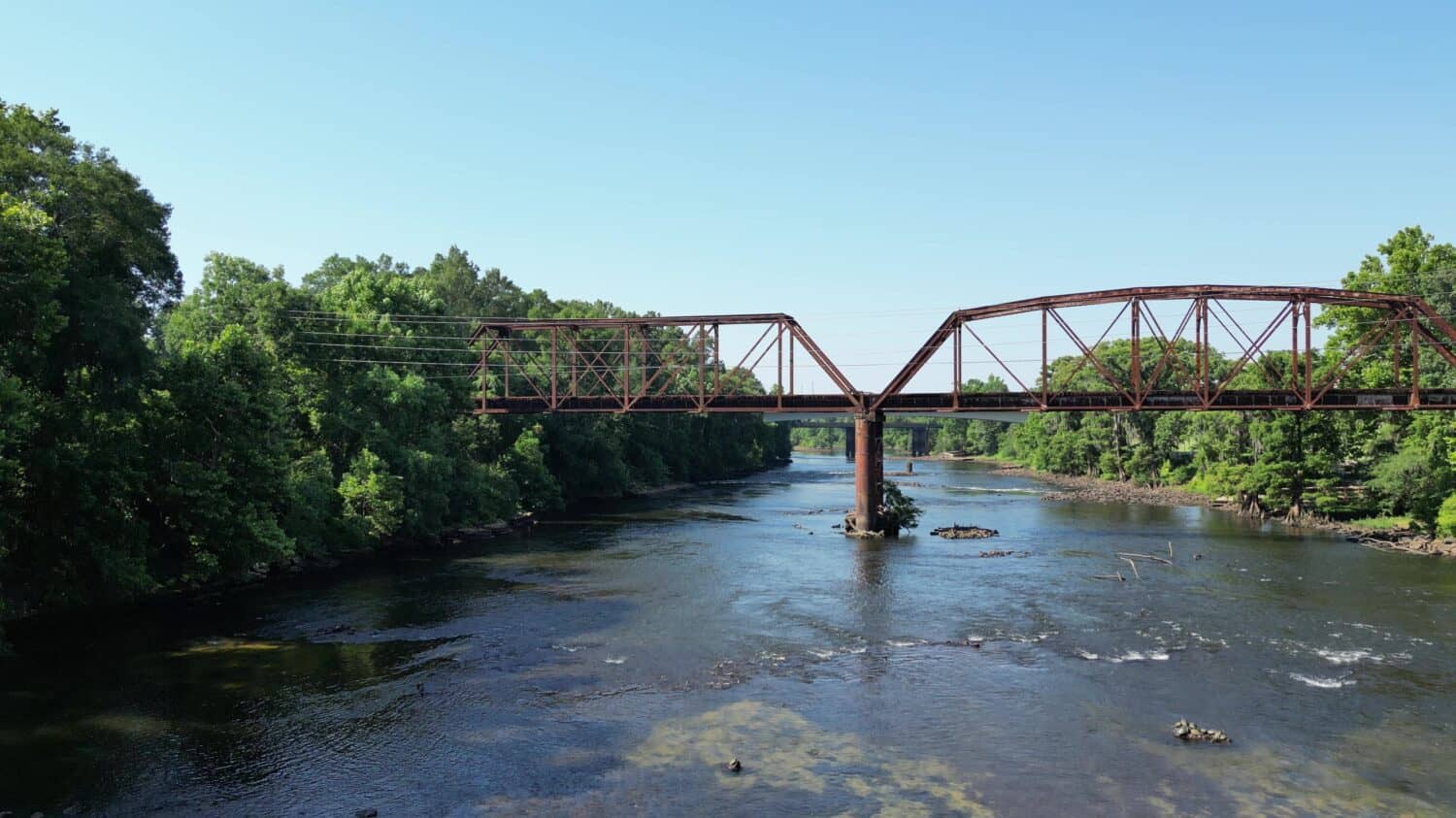
Albany began a major transportation and shipping center for Georgia, primarily servicing riverboats and steamboats. When railroads spread through the South, Albany became a center for several rail lines and the U.S. Government opened a number of military bases within the city limits. During the 1970s, the country was moving away from railways and the government closed most of the bases, this caused a dramatic drop in employment. Most of the wealthy, white residents who could afford to move out of the city did so, leaving poor, black residents behind. Struggling with sky-high poverty and unemployment, Albany was named the “murder capital of America” in 1988.
#12 Milwaukee, WI

- Violent crime rate (2022): 16.6 per 1,000 residents
- Poverty rate (2022): 23.9% (Wisconsin: 10.7%)
- Population: 563,305
Milwaukee, WI Continued
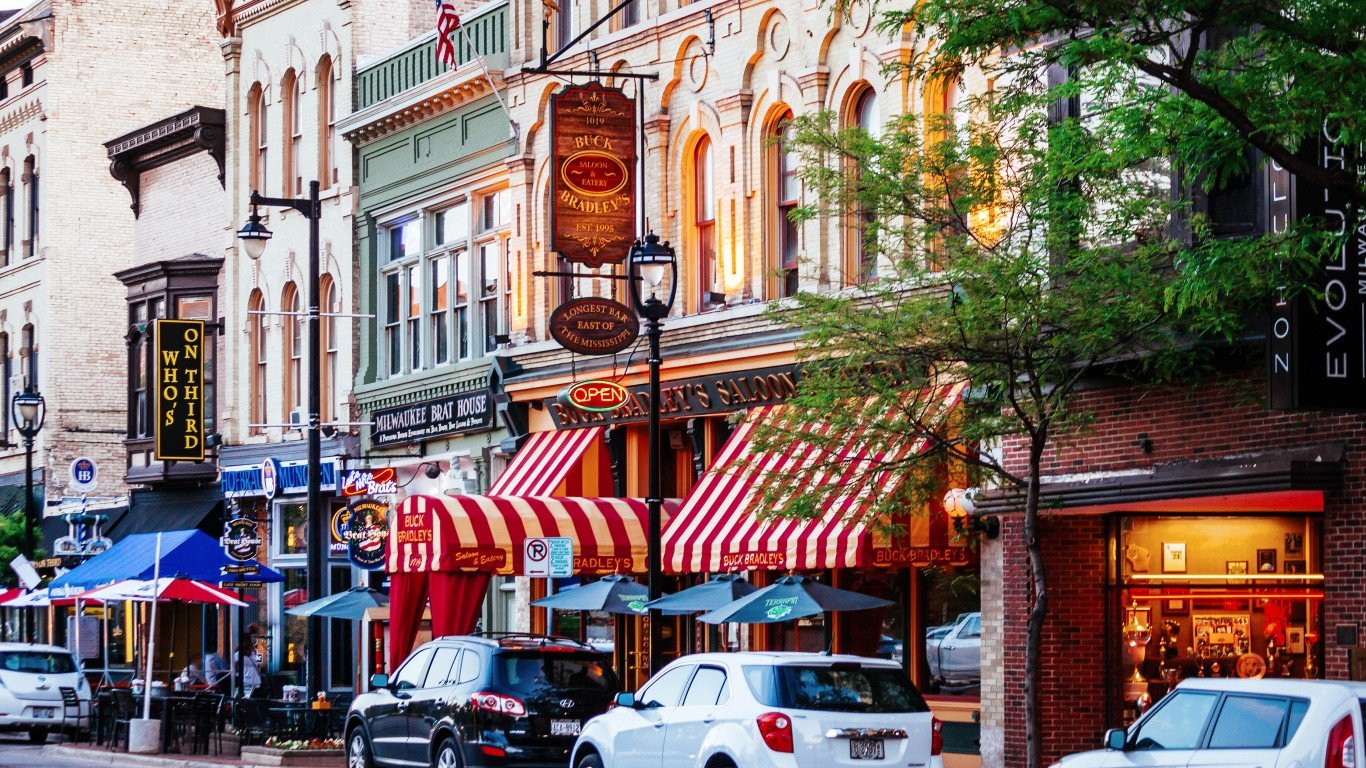
Our second metropolitan city, and the biggest city in Wisconsin. It is one of the most segregated cities in America, due in large part to redlining practices in the 1900s. It is, however, one of the most culturally diverse cities in the Midwest, known for its beer and brewing industry thanks to a large influx of German immigrants in the 19th century. Milwaukee has fallen down on this list, as it used to be in the top ten most dangerous cities in the United States during the early 2000s. It is the second-poorest city in America among cities with over 500,000 residents, only Detroit is poorer. This high poverty and homeless population contribute to its high violent crime rate.
#11 Kalamazoo, MI

- Violent crime rate (2022): 16.8 per 1,000 residents
- Poverty rate (2022): 26.8% (Michigan: 13.4%)
- Population: 72,873
Kalamazoo, MI Continued
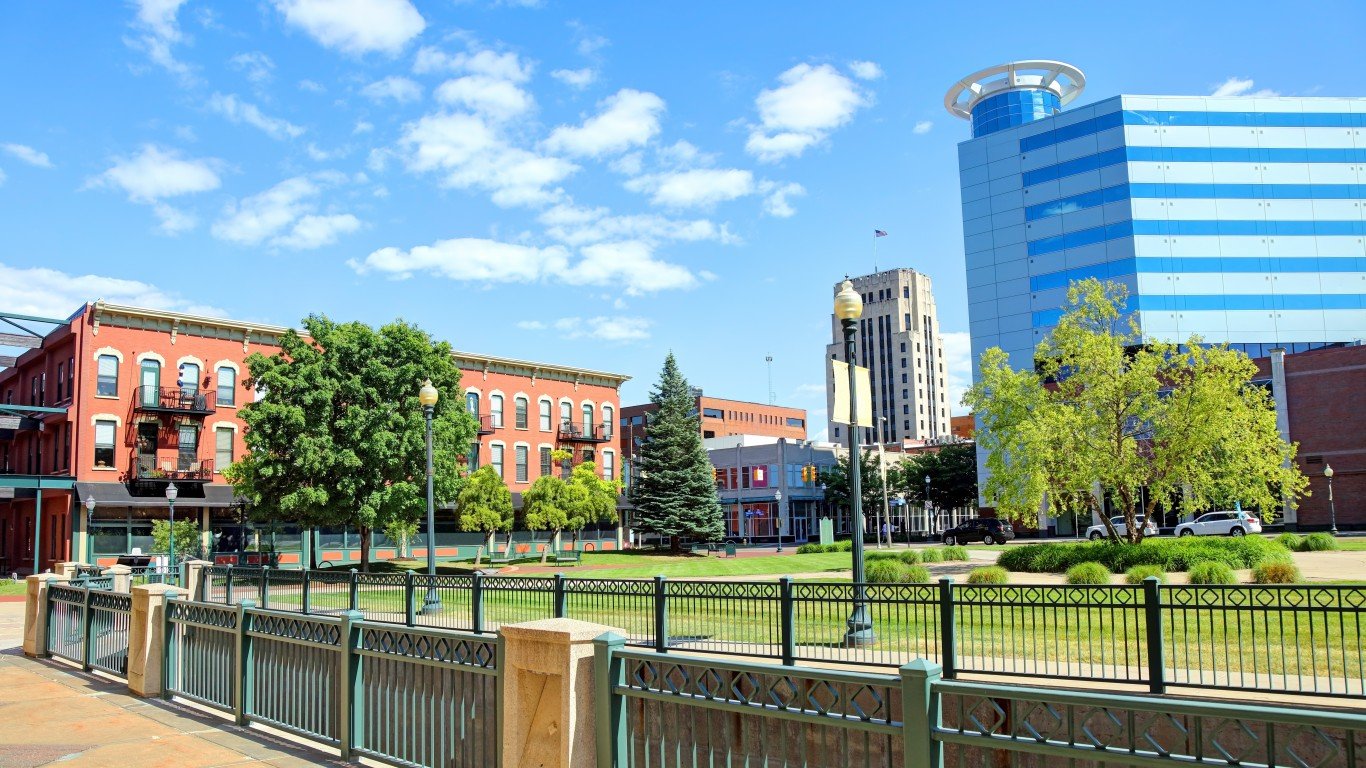
Kalamazoo used to be known as the “paper city” due to the large number of paper mills and logging companies that operated there. It was, not surprisingly, a center of manufacturing during the 19th and 20th centuries, producing everything from mandolins, buggies, and cars, to windmills, cigars, and stoves.
As the forests were completely destroyed by logging, the paper companies moved on. The remaining car companies closed after the 2008 recession, leaving many unemployed.
#10 Cleveland, OH
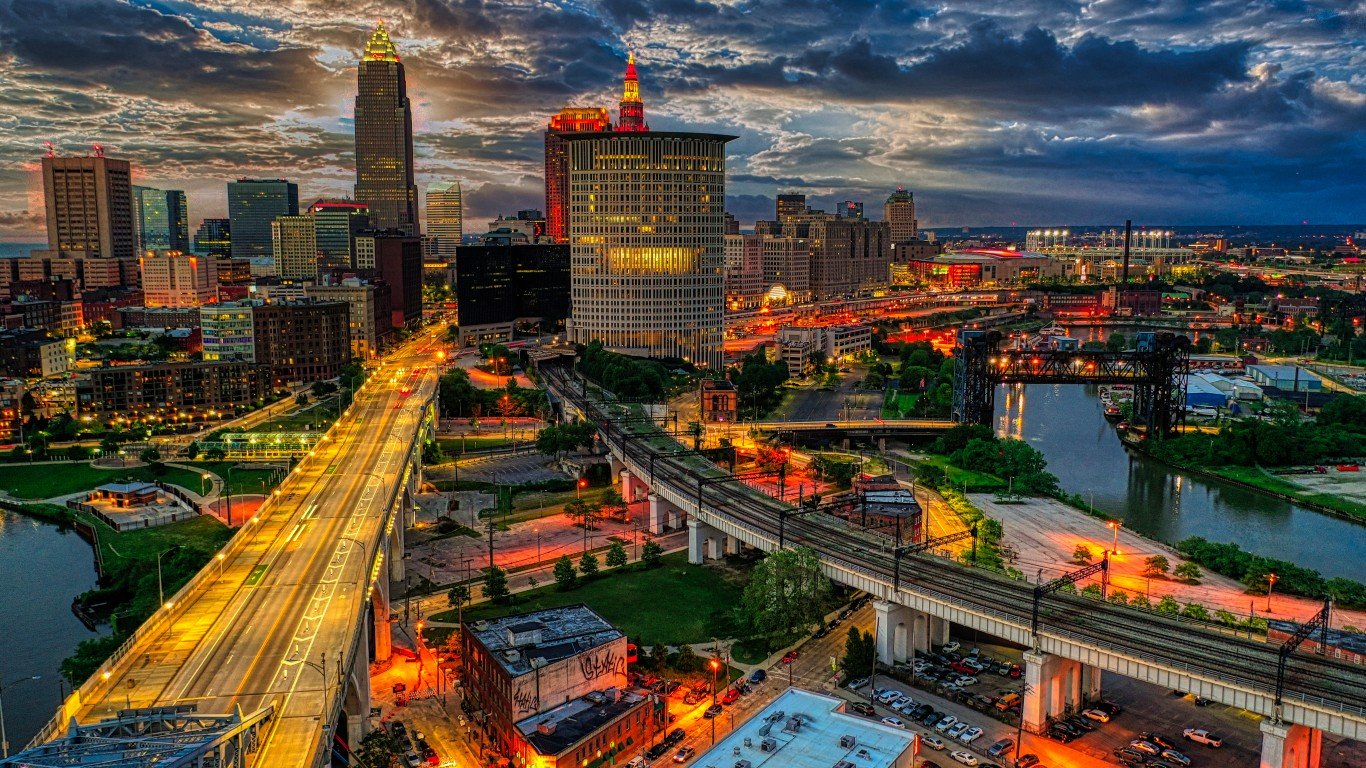
- Violent crime rate (2022): 17.1 per 1,000 residents
- Poverty rate (2022): 31.2% (Ohio: 13.4%)
- Population: 361,607
Cleveland, OH Continued
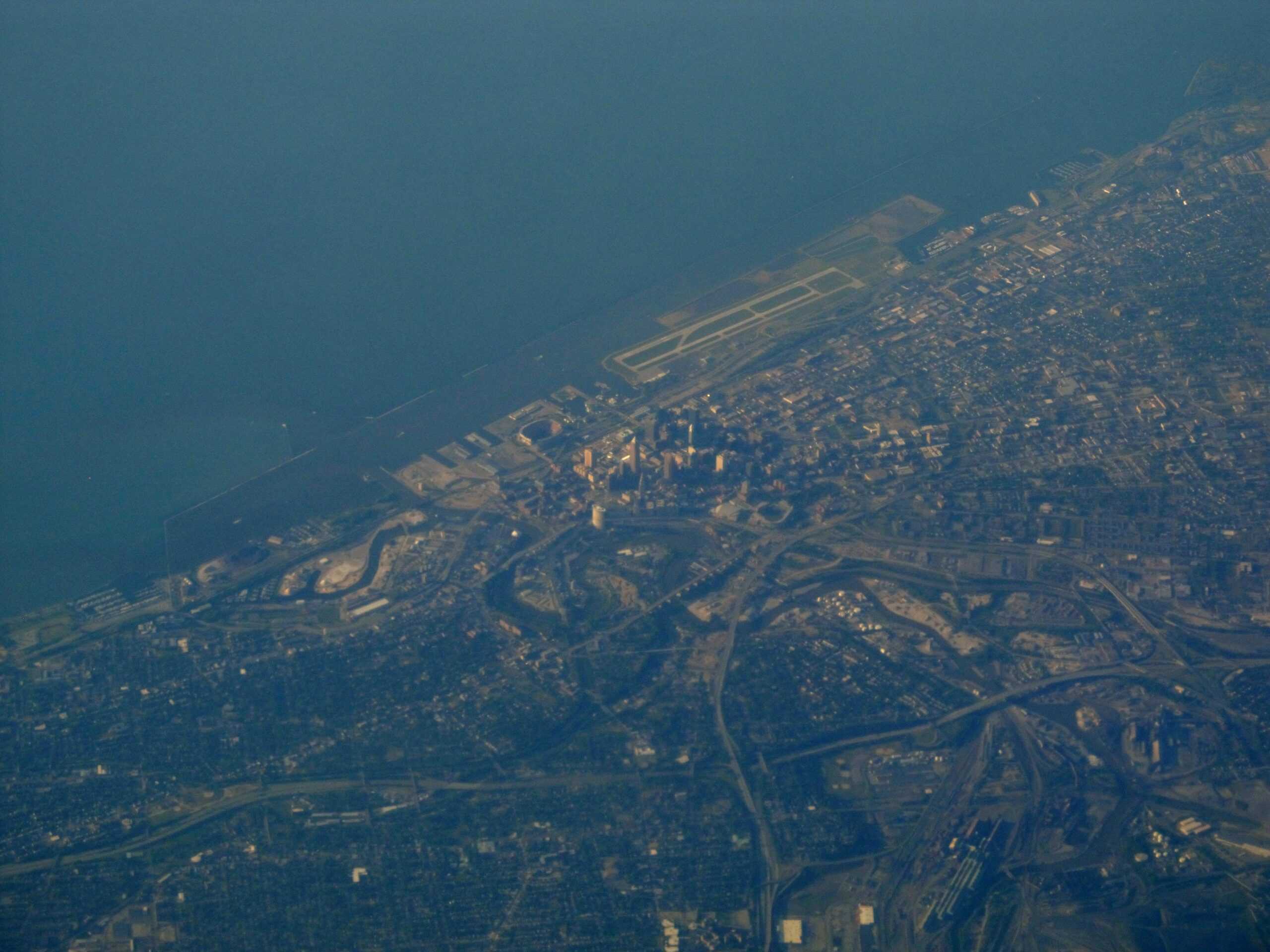
Cleveland is a port city and the largest city along the banks of Lake Erie. Naturally, this would make it a valuable trade and manufacturing center for the Midwest. During the late 1900s, however, the city began to struggle economically. First, it defaulted on its federal loans in 1978, and the national recession of the 1980s almost completely destroyed any industry that remained. Many steel mills closed, causing Cleveland’s unemployment to stay higher than the already-high national average. The city continues to struggle with population decline until today. It has not yet been able to reverse the consequences of its economic decline.
#9 Alexandria, LA
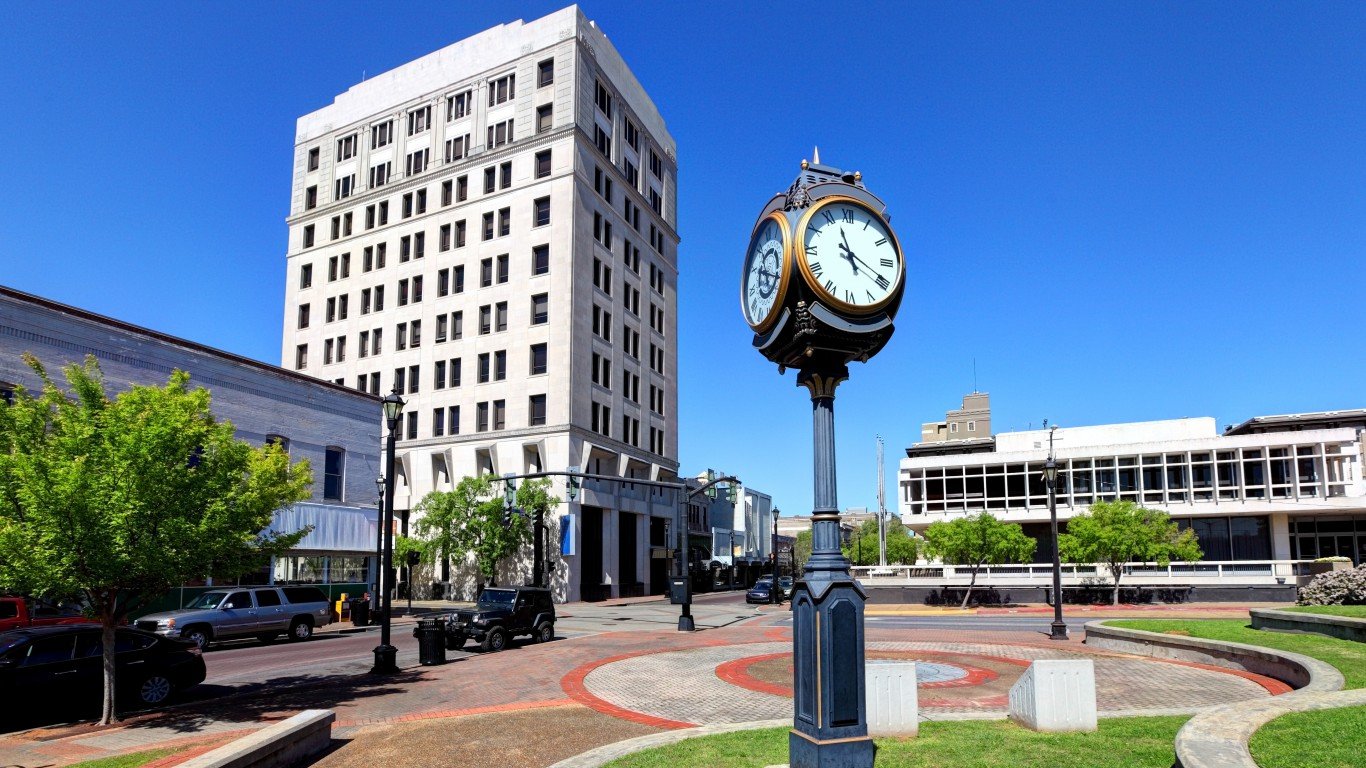
- Violent crime rate (2022): 18.8 per 1,000 residents
- Poverty rate (2022): 25.7% (Louisiana: 18.6%)
- Population: 44,004
Alexandria, LA Continued

Alexandria is the center of what is known as the Alexandria metropolitan area. It began as a small trading outpost for French traders in the area, native communities, and small permanent settler towns further south. Over 27% of the population of Alexandria live below the poverty line
#8 Little Rock, AR
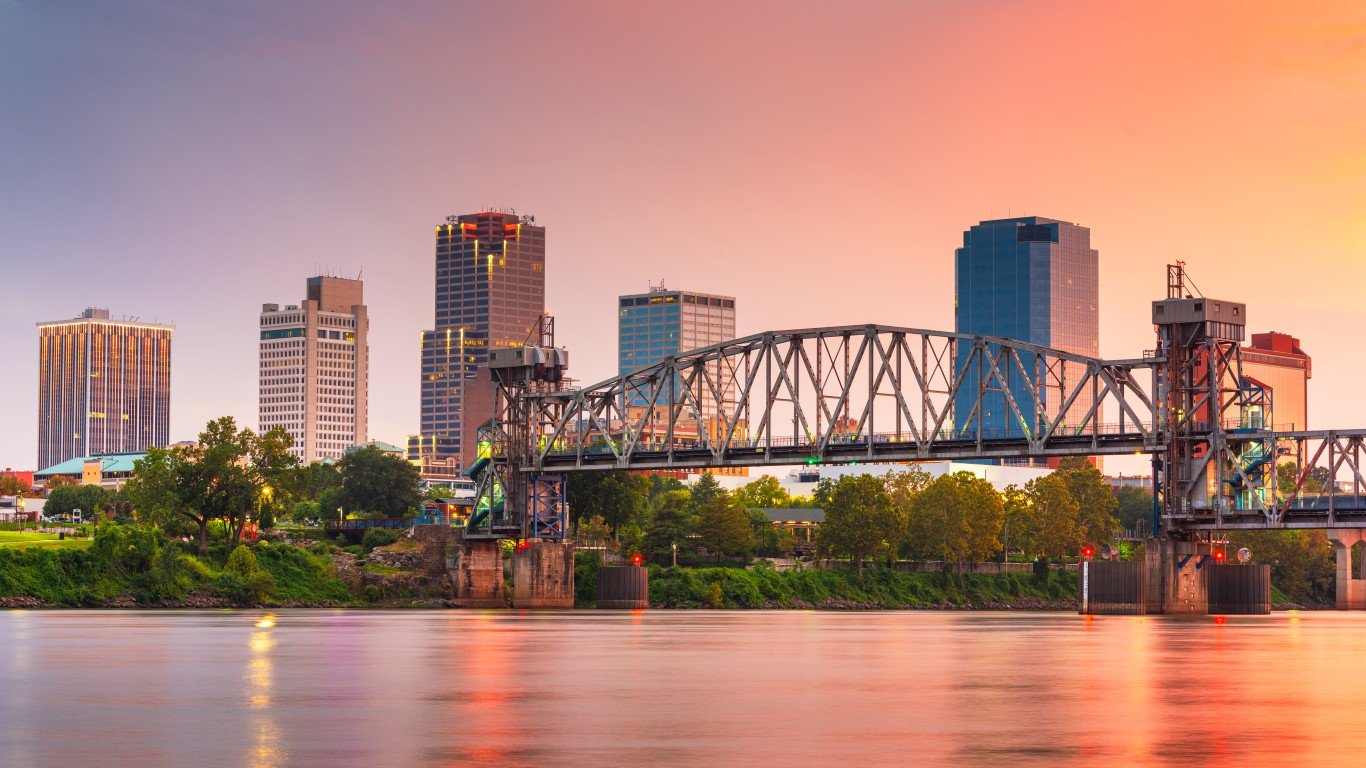
- Violent crime rate (2022): 20.2 per 1,000 residents
- Poverty rate (2022): 16.5% (Arkansas: 16.8%)
- Population: 202,864
Little Rock, AR Continued
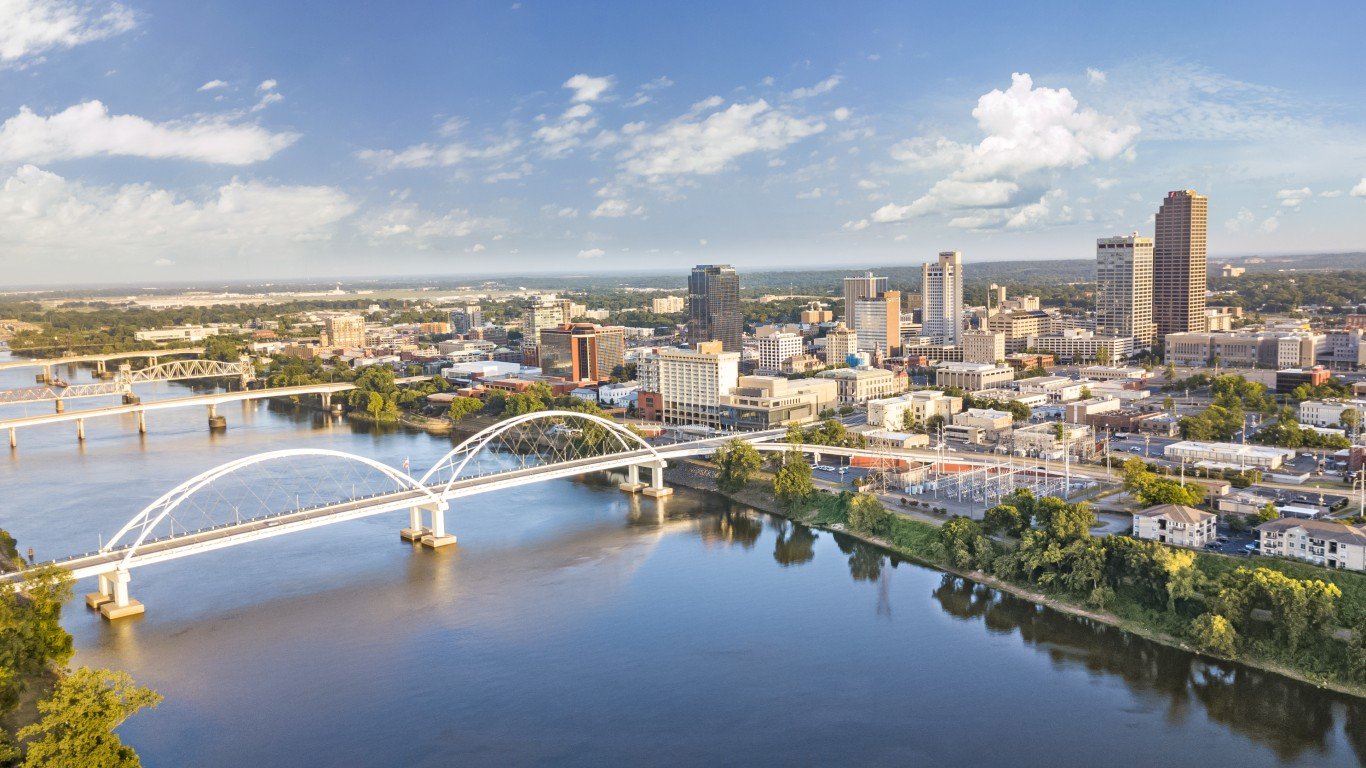
Little Rock is the capital of Arkansas. Little Rock is named after a small rock outcropping along the Arkansas River that early riverboats used as navigation and marked a popular river crossing. The rock is still there today. In 1994, Little Rock was the fifth most dangerous city in America. This was following decades of violent race riots, lynchings, and racial conflict during and following integration. Crime remained high ever since, setting new city records for homicides, and in 2022 it had its most dangerous year yet.
#7 Pine Bluff, AR
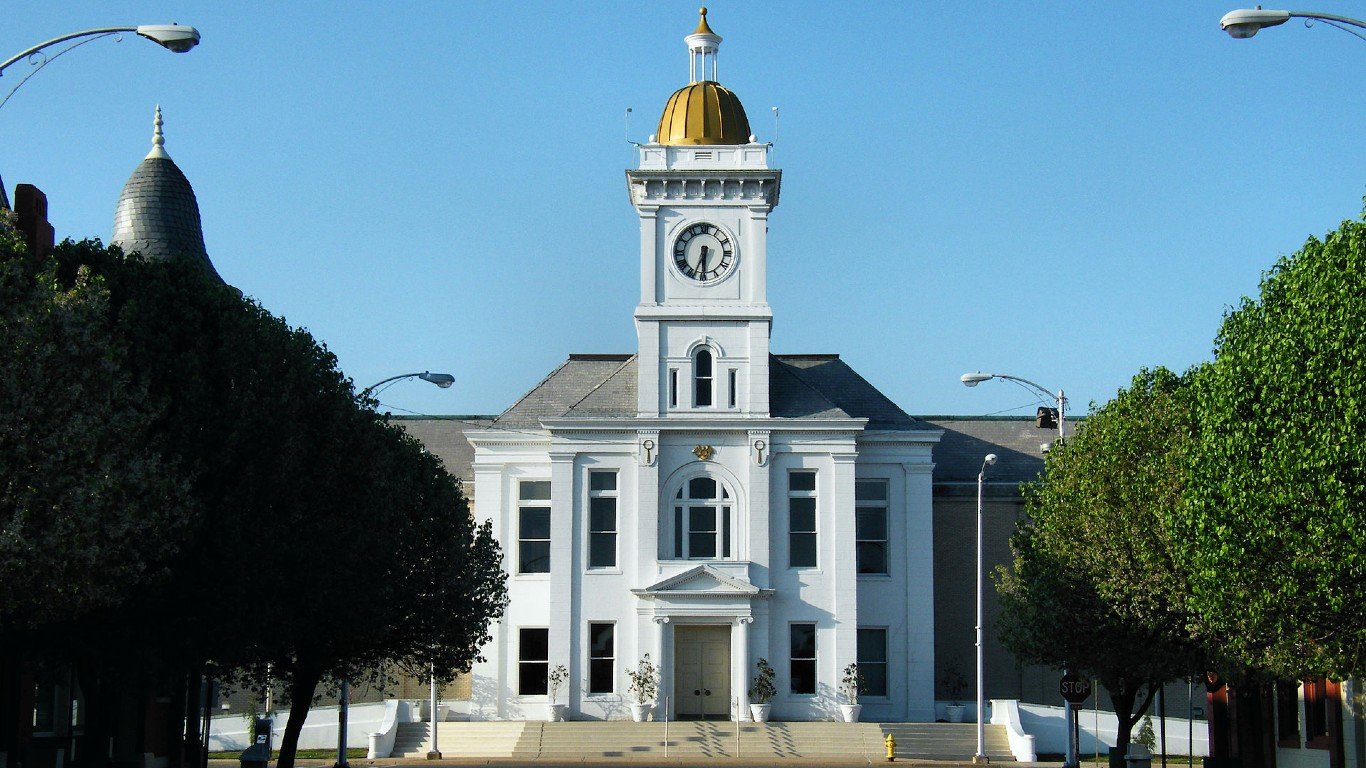
- Violent crime rate (2022): 20.5 per 1,000 residents
- Poverty rate (2022): 24.9% (Arkansas: 16.8%)
- Population: 39,495
Pine Bluff, AR Continued
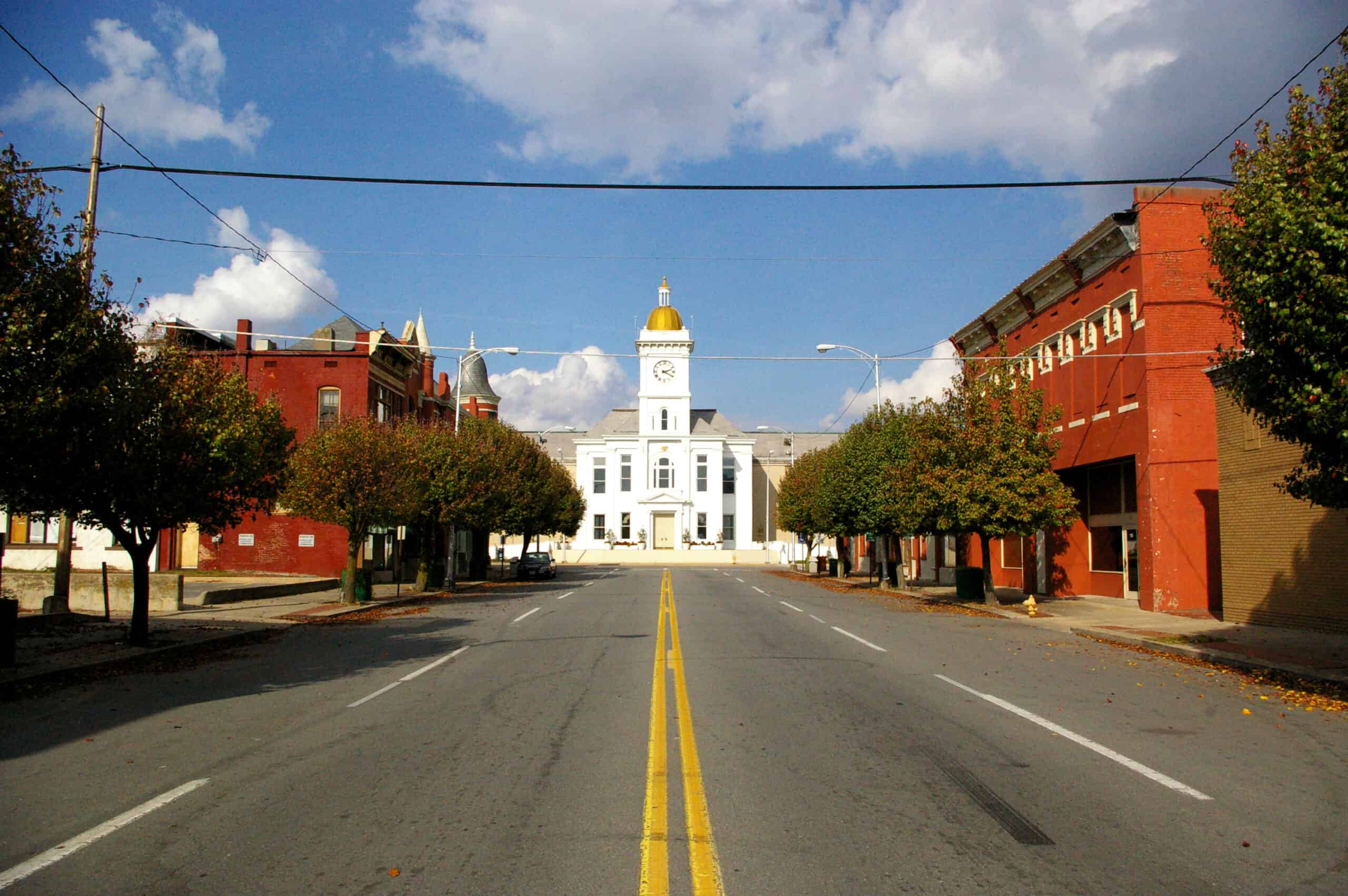
Pine Bluff’s economy was primarily centered around agriculture, timber, and the railroad during most of its history. When the Great Depression came, it hit Pine Bluff particularly hard. The Great Flood of 1927 and a severe drought in 1930 made the situation worse and prevented recovery. Two of the largest banks in the city failed immediately after. Like most of the South during this time, racial tension and conflict were major issues preventing many cities from developing and integrating further. Every time black residents of Pine Bluff demanded an end to segregation or equal treatment, white people responded by bombing and burning black businesses, churches, and homes, further destroying the city’s economy.
#6 Birmingham, AL
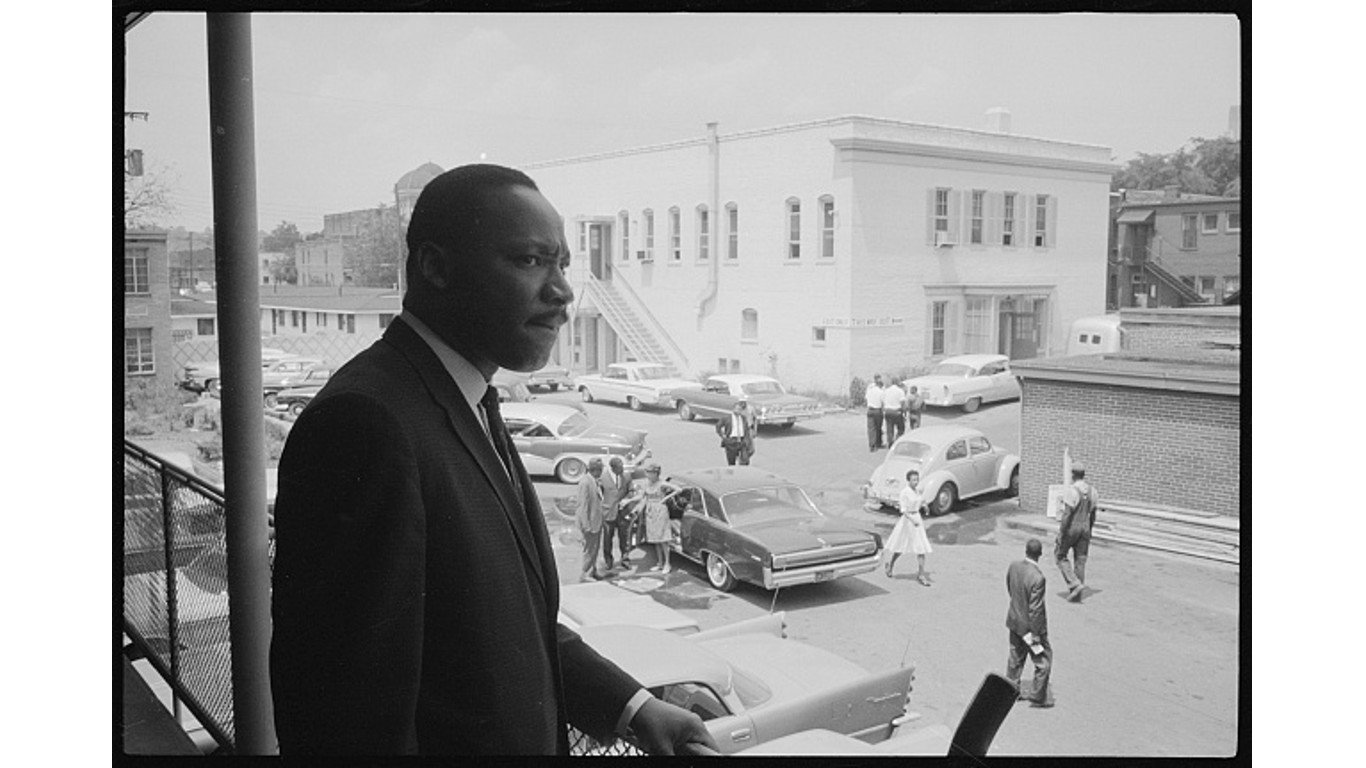
- Violent crime rate (2022): 20.6 per 1,000 residents
- Poverty rate (2022): 26.1% (Alabama: 16.2%)
- Population: 196,910
Birmingham, AL Continued
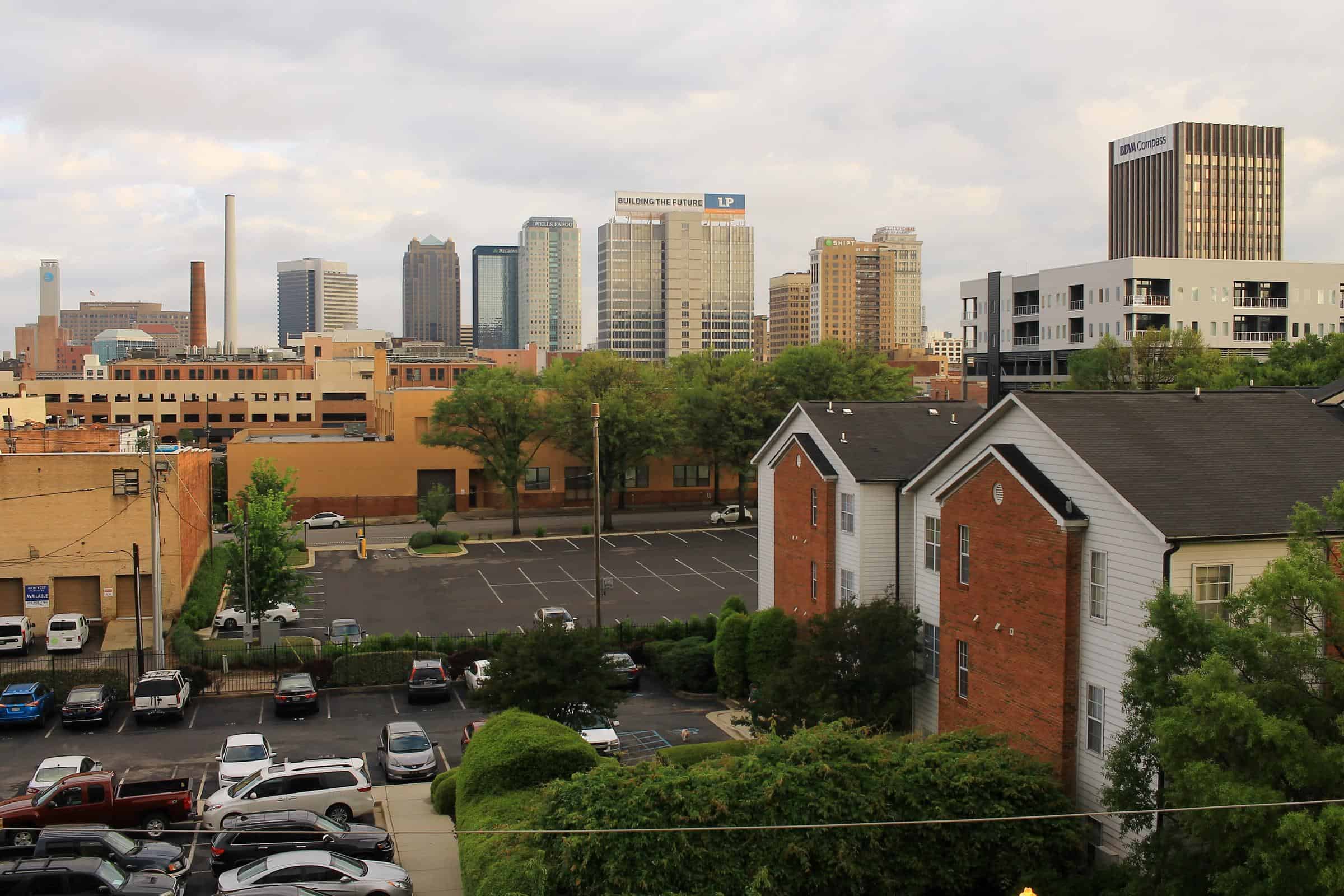
Birmingham was listed as the third-most dangerous city in America in 2011, right behind Atlanta and St. Louis, by U.S. News & World Report. Its economy has expanded and shrunk a number of times since its founding but has struggled to grow in recent years. It remains the state’s largest metropolitan area, but “white flight” (when wealthy, white residents of a city flee to better areas) continues to hinder the city’s growth and recovery.
#5 Detroit, MI
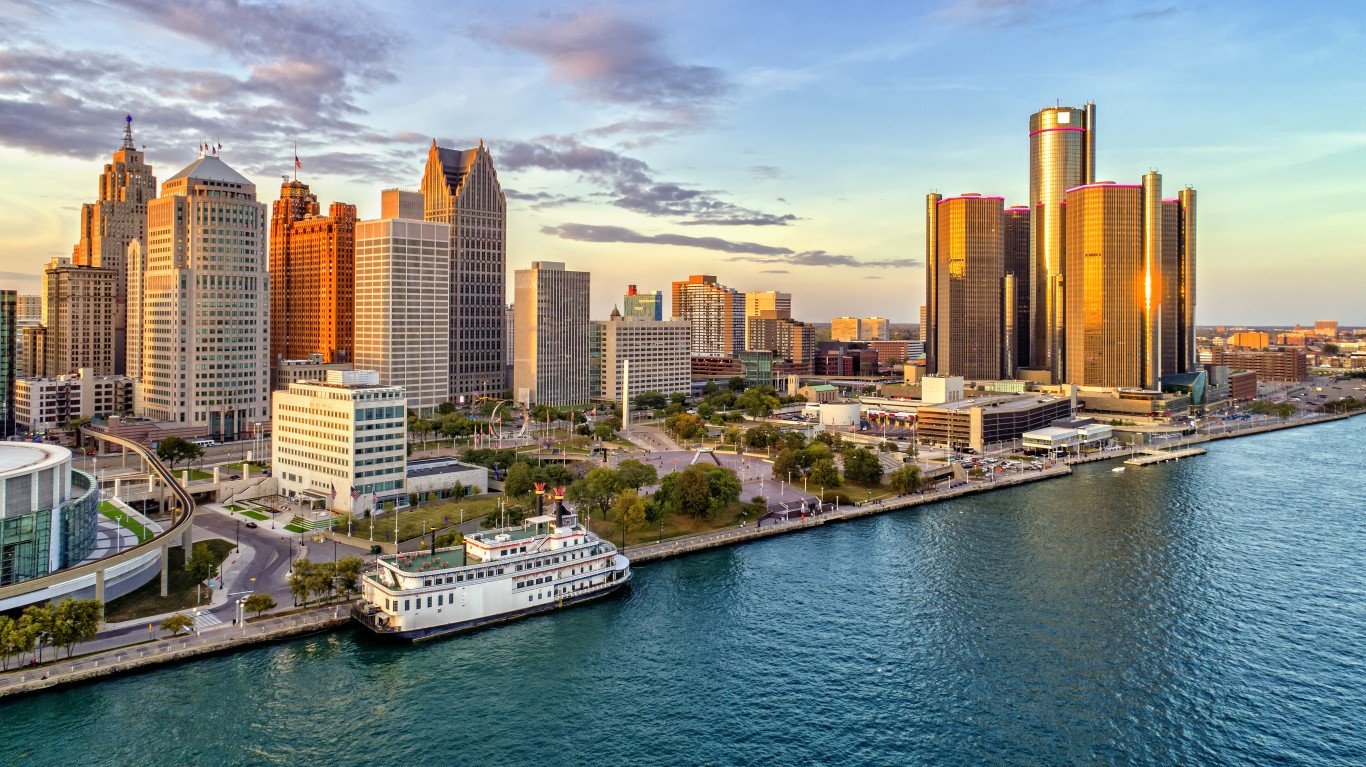
- Violent crime rate (2022): 23.0 per 1,000 residents
- Poverty rate (2022): 31.5% (Michigan: 13.4%)
- Population: 620,376
Detroit, MI Continued
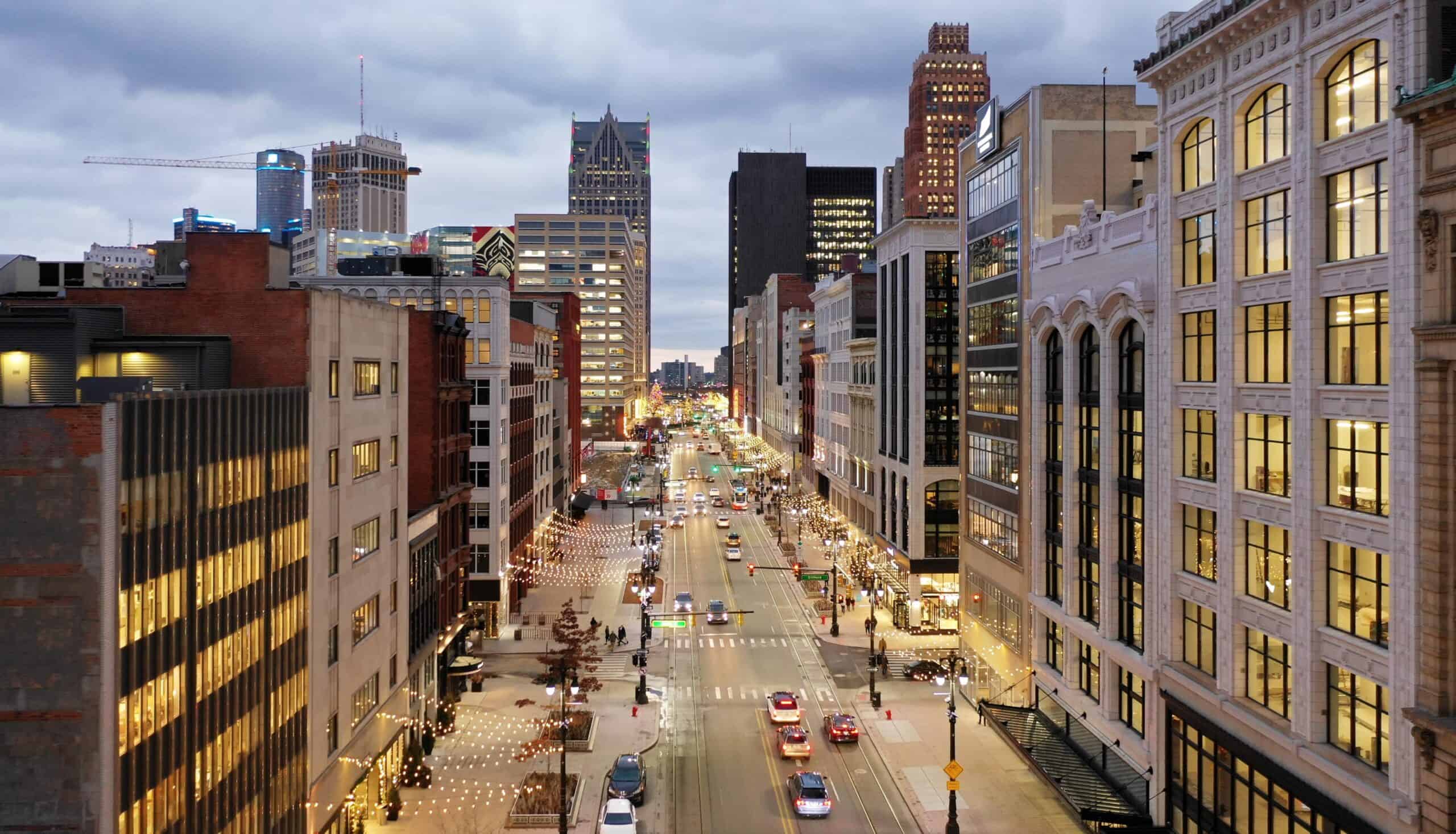
Detroit remains the second-largest metro area in the Midwest after Chicago, and it is probably one of the only cities most people expect to see on this list. There are good reasons why Detroit has become famous for being dangerous. First, Detroit was a powerful center for the KKK, and by 1940 over 80% of all land deeds prohibited African Americans from buying houses that they otherwise could afford. High racial conflict continued for decades, destroying businesses and homes and forcing many people out of the city.
Second, incompetent city management lead to wasteful spending, lost federal contracts, and ineffective public services. Much of what makes other cities function properly simply was not built or implemented correctly in Detroit, like public transportation.
Third, Detroit was once the car capital of America. After the fuel crises in the 1970s, Americans started buying cheaper, smaller cars. As a result, U.S. car companies struggled, and they fired thousands of employees in Detroit and closed many plants in the city. Other businesses that relied on the auto industry also closed and left the city. Detroit leadership focused too much on downtown development to replace the lost businesses instead of investing in city services and reducing poverty outside the city center. Economic trouble, mismanagement, and gentrification downtown have all prevented the city from recovering.
#4 Memphis, TN
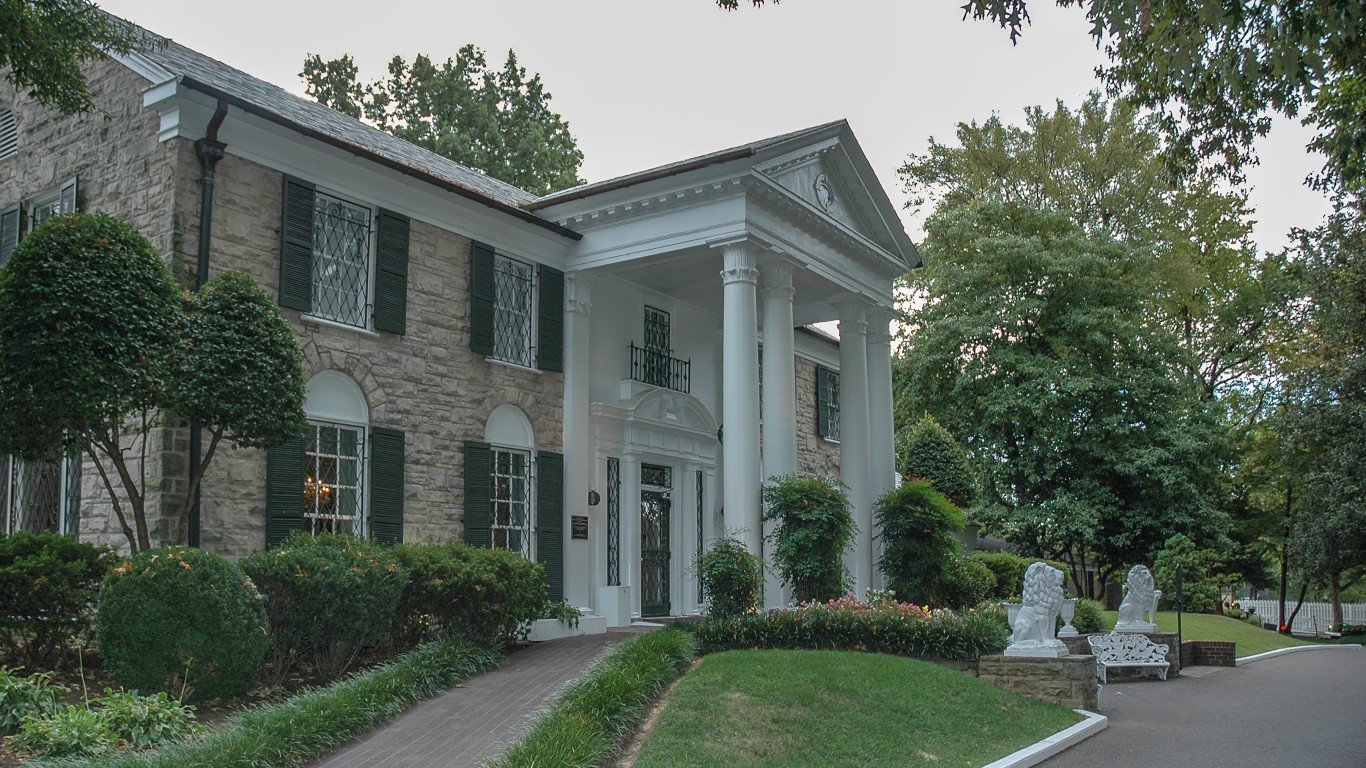
- Violent crime rate (2022): 25.1 per 1,000 residents
- Poverty rate (2022): 23.6% (Tennessee: 13.3%)
- Population: 621,056
Memphis, TN Continued
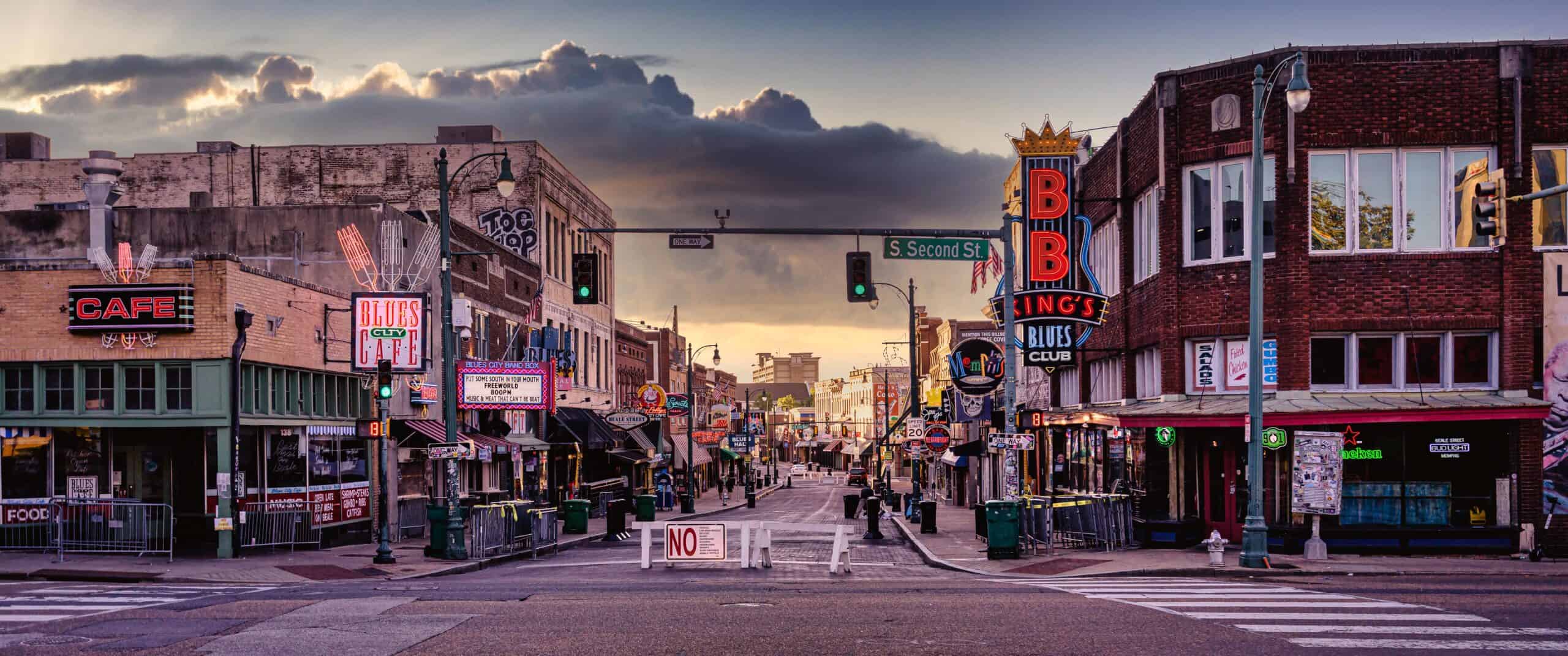
Memphis is the famous “Home of the Blues” and the music scene here thrives among a diverse population and rich history. This city has the highest African American population in Tennessee, but in 1970, 60% of the population was white, and only 38% were black. After several riots against desegregation and the courts ordered the local school district to desegregate, 40,000 wealthy, white people left the system, leaving the city with a black majority. Famous musicians, Elvis Presley, B. B. King, Johnny Cash, Three 6 Mafia, and many more have called Memphis home.
#3 Saginaw, MI
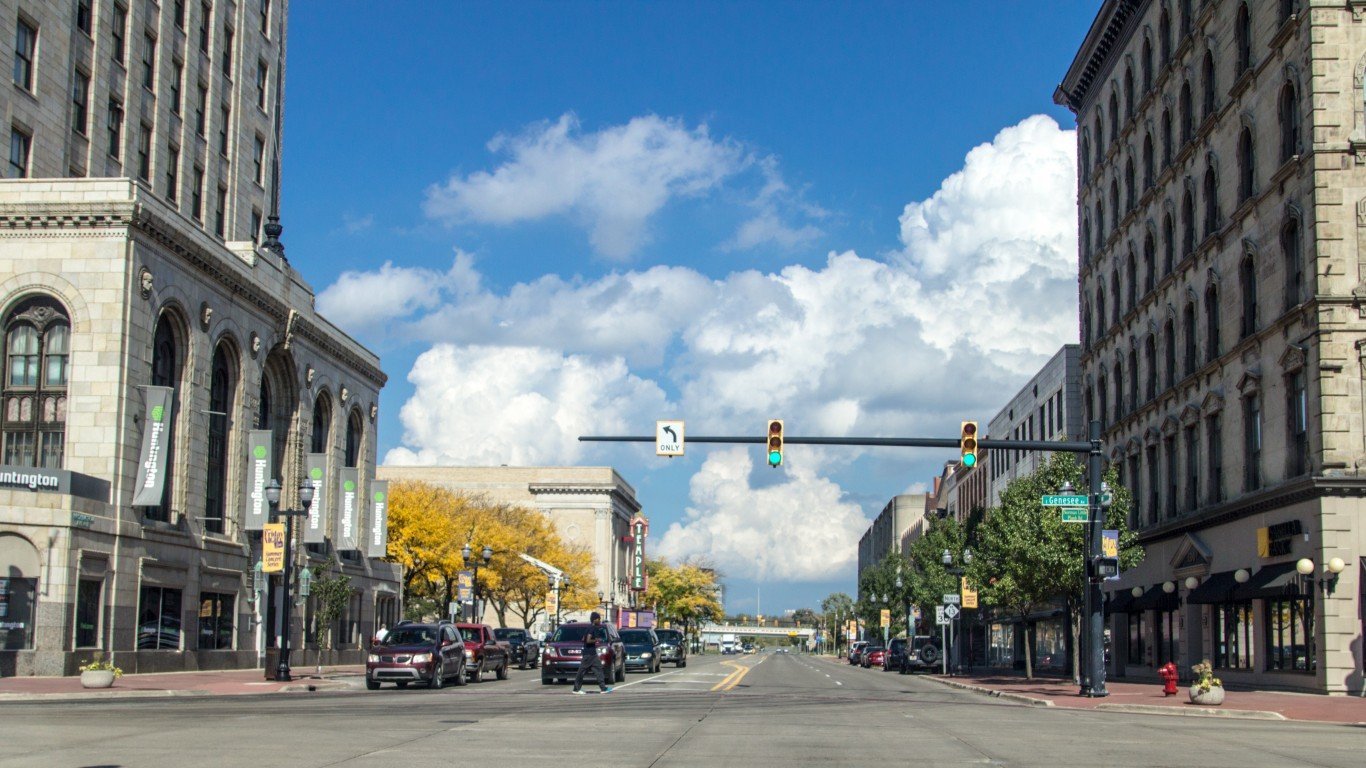
- Violent crime rate (2022): 25.1 per 1,000 residents
- Poverty rate (2022): 34.5% (Michigan: 13.4%)
- Population: 43,477
Saginaw, MI Continued
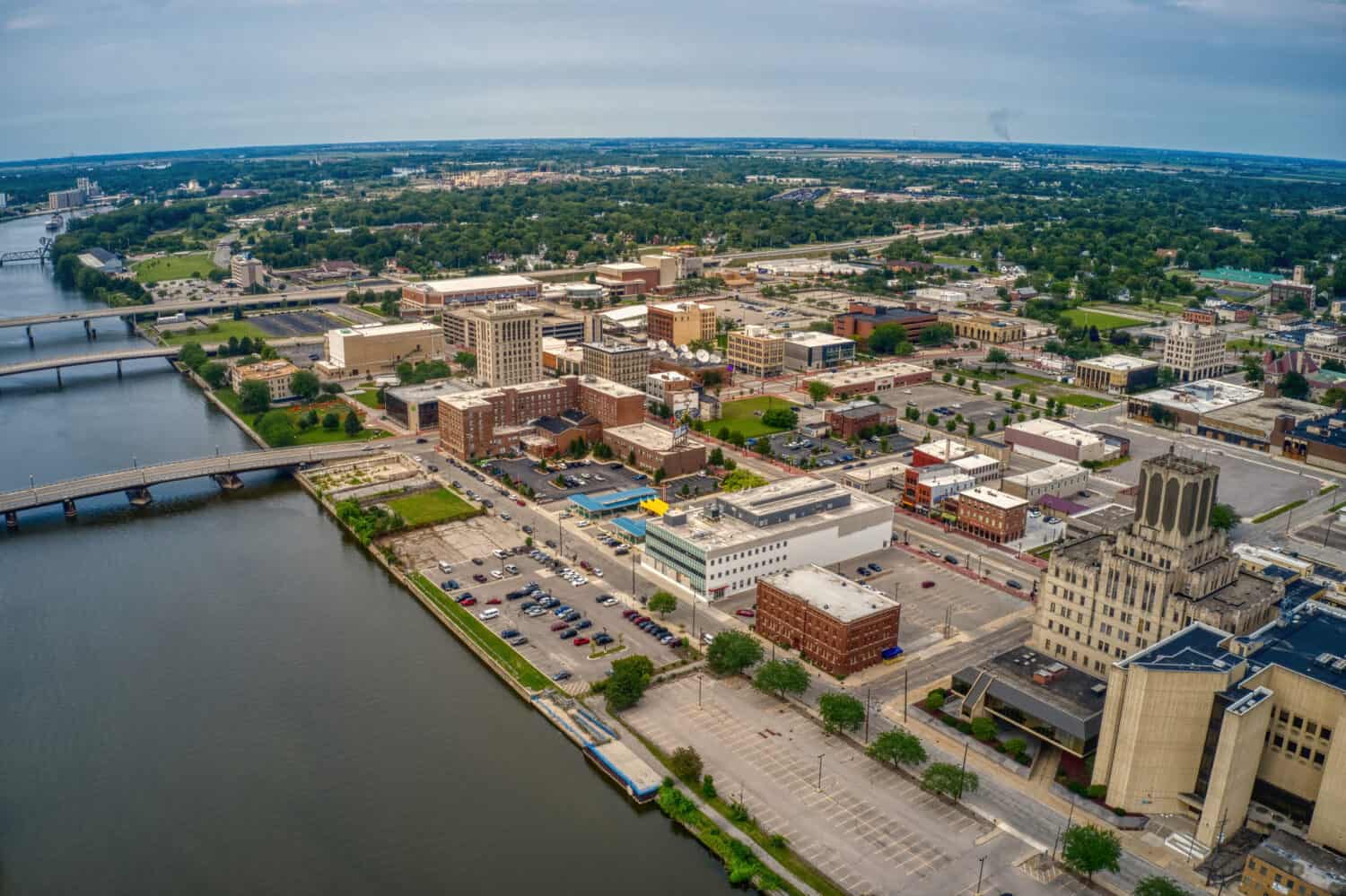
During the 20th century, Saginaw was an important lumber and manufacturing city. Even today, it still has a larger proportion of manufacturing jobs than the rest of the United States. Much of its industry was tied to the auto industry in Detroit, and its prospects fell along with it. Like Detroit, population decline, and high unemployment has led to significant urban blight of abandoned homes and businesses.
#2 Monroe, LA
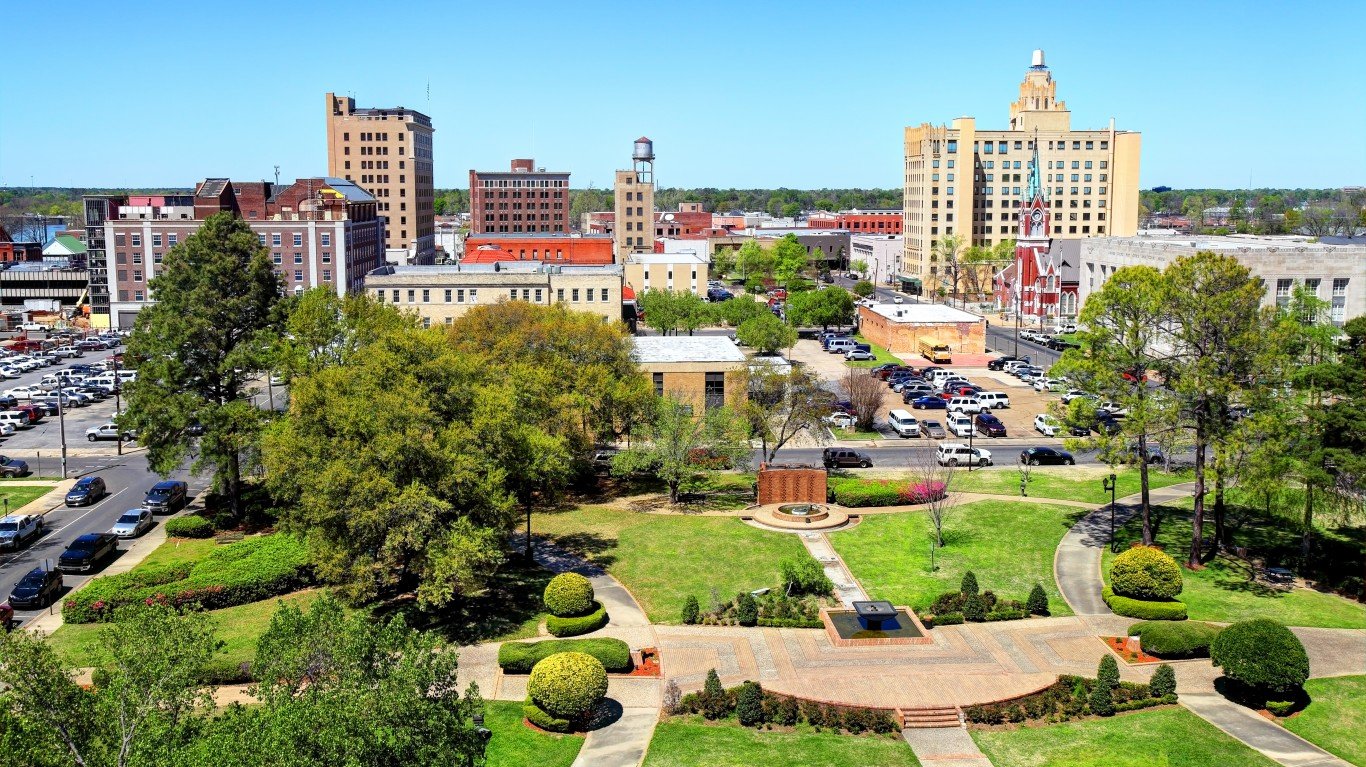
- Violent crime rate (2022): 26.3 per 1,000 residents
- Poverty rate (2022): 35.1% (Louisiana: 18.6%)
- Population: 46,820
Monroe, LA Continued

Monroe is the center of the second-largest metro area in Louisiana. Much of Monroe’s early growth was due to the Great Migration in the early 1900s when millions of African Americans fled the failing farms of the South and the oppressive racial conditions of Southern cities. Around 36.8% of the population of Monroe lives below the poverty line, which contributes significantly to high crime rates.
#1 Bessemer, AL
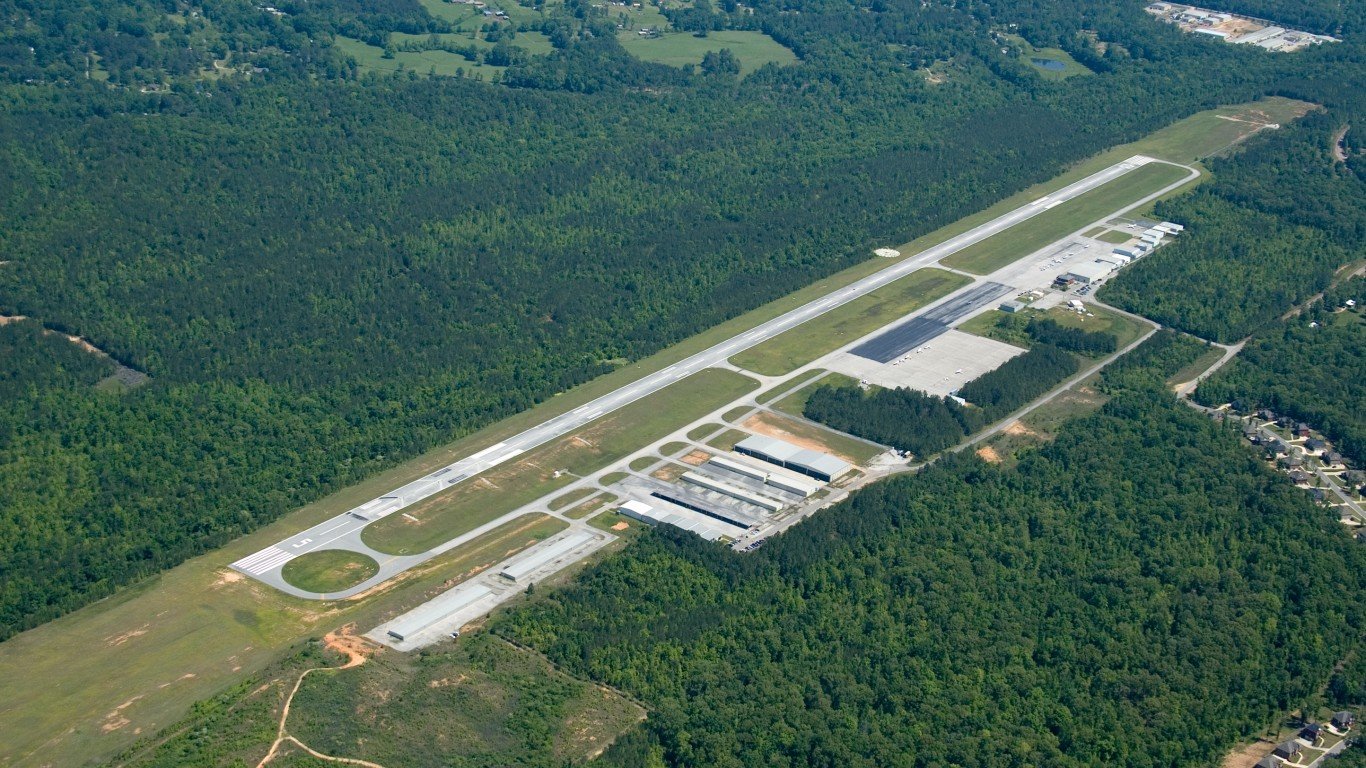
- Violent crime rate (2022): 33.1 per 1,000 residents
- Poverty rate (2022): 32.0% (Alabama: 16.2%)
- Population: 25,264
Bessemer, AL Continued
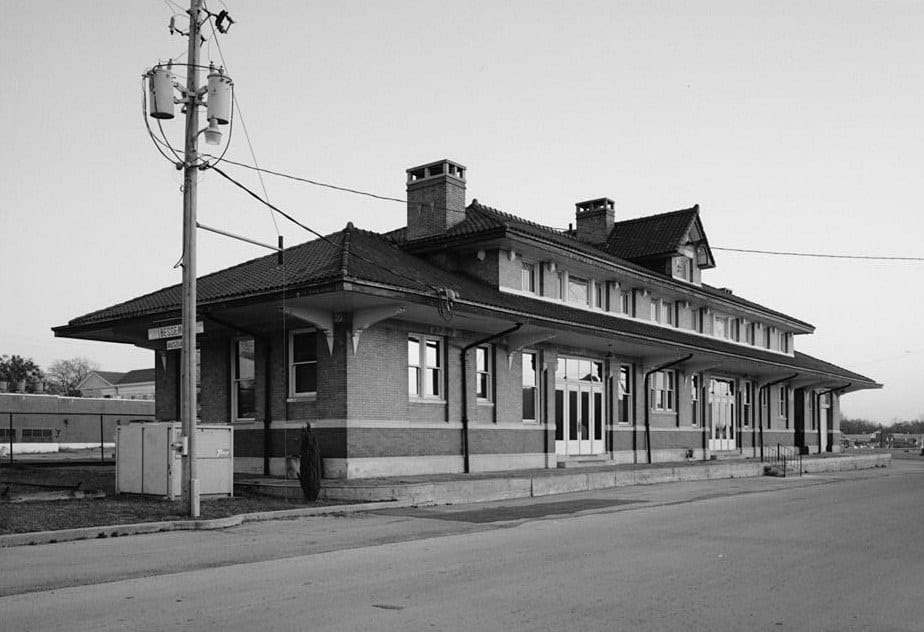 Source: Chris Pruitt / Wikimedia
Source: Chris Pruitt / Wikimedia

Bessemer was a major mining and steel-making city during the 19th and 20th centuries. Large deposits of iron, coal, and limestone contributed to the city’s early success. As companies abandoned the city, all the steel factories closed and many people left for better opportunities. In 2019, 24/7 Wall Street named it Alabama’s “worst city to live in”. Ever since the collapse of the mining and manufacturing industries and the flight of large companies, crime has been on the rise. Bessemer remains the most dangerous city in the United States among cities with more than 25,000 residents. There is nothing special about Bessemer that makes it more dangerous than any other city on this list. each suffer from high rates of unemployment, high income inequality, and high rates of poverty.
Poverty and unemployment continue to be the primary driving factors in crime of all kinds. Many of the solutions proposed by politicians, news pundits, and amateur sociologists only seek to treat many of the symptoms of poverty and income inequality. Expert economists and social scientists have pointed out for decades that improving the economic conditions of the poor and disenfranchised is the best and easiest way to reduce crime rates and improve the quality of life for people at every level.
It’s not easy to reverse or undo the effects of hundreds of years of oppression, persecution, racism, and institutionalized corruption. But there is no better time to start than today.
ALERT: Take This Retirement Quiz Now (Sponsored)
Take the quiz below to get matched with a financial advisor today.
Each advisor has been vetted by SmartAsset and is held to a fiduciary standard to act in your best interests.
Here’s how it works:
1. Answer SmartAsset advisor match quiz
2. Review your pre-screened matches at your leisure. Check out the advisors’ profiles.
3. Speak with advisors at no cost to you. Have an introductory call on the phone or introduction in person and choose whom to work with in the future
Take the retirement quiz right here.
Thank you for reading! Have some feedback for us?
Contact the 24/7 Wall St. editorial team.
